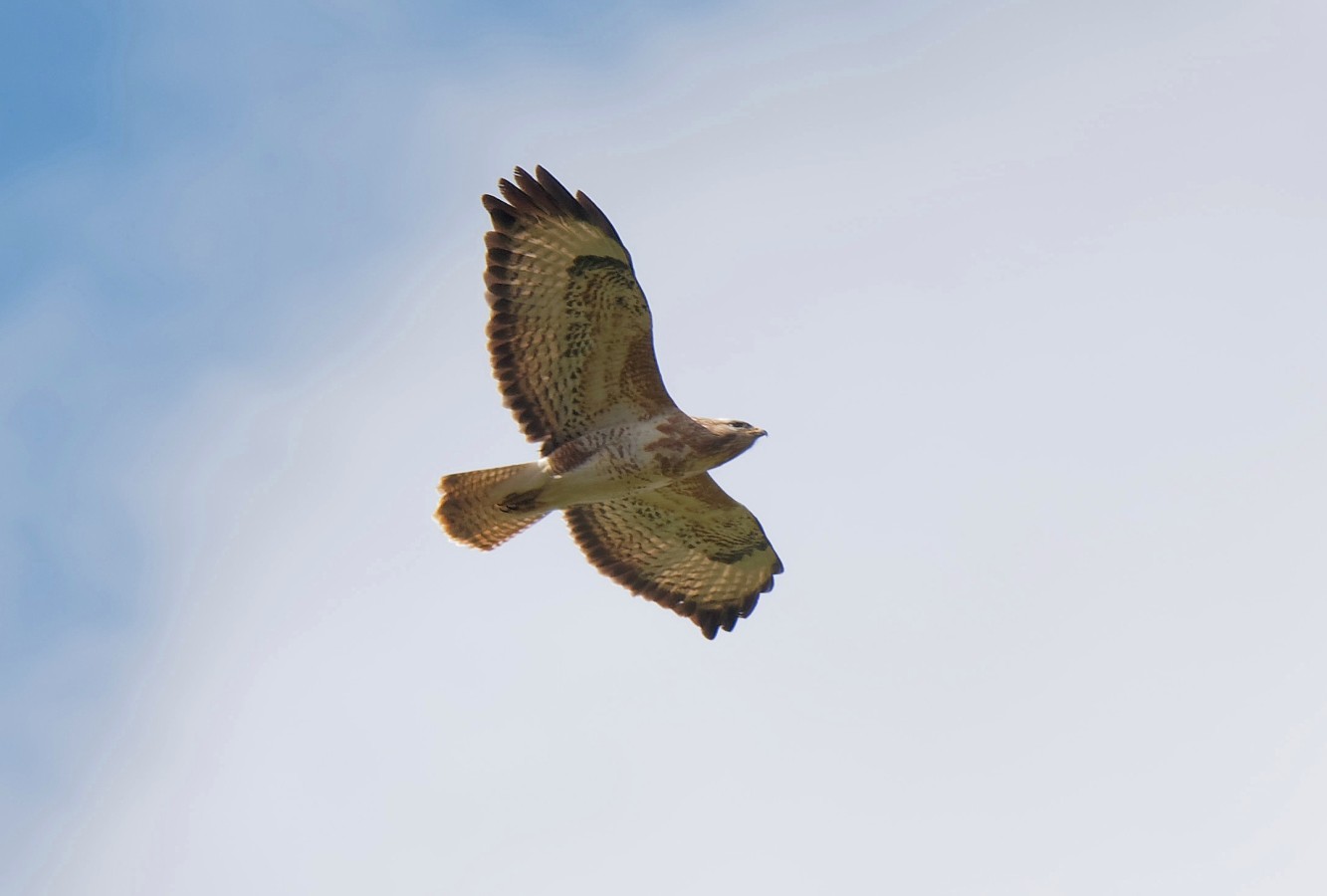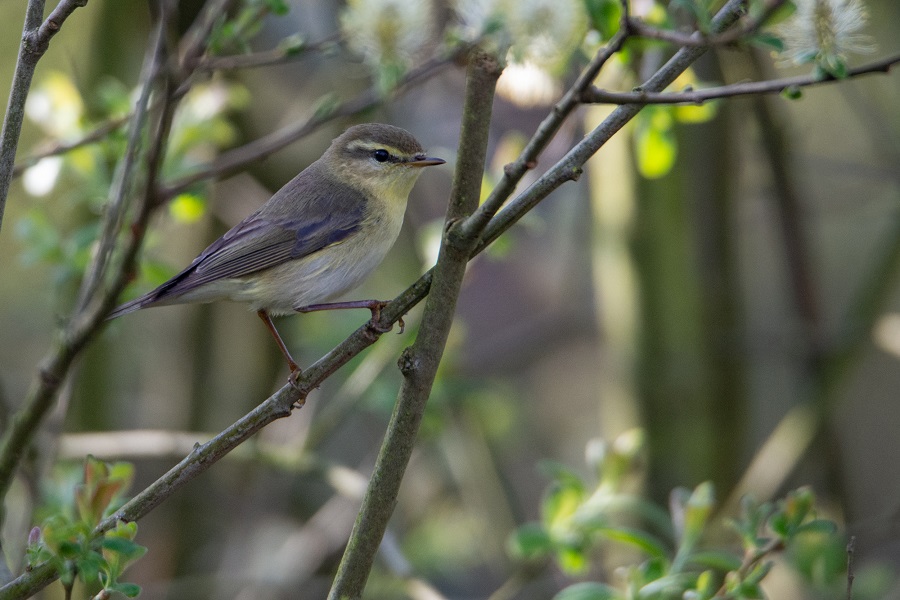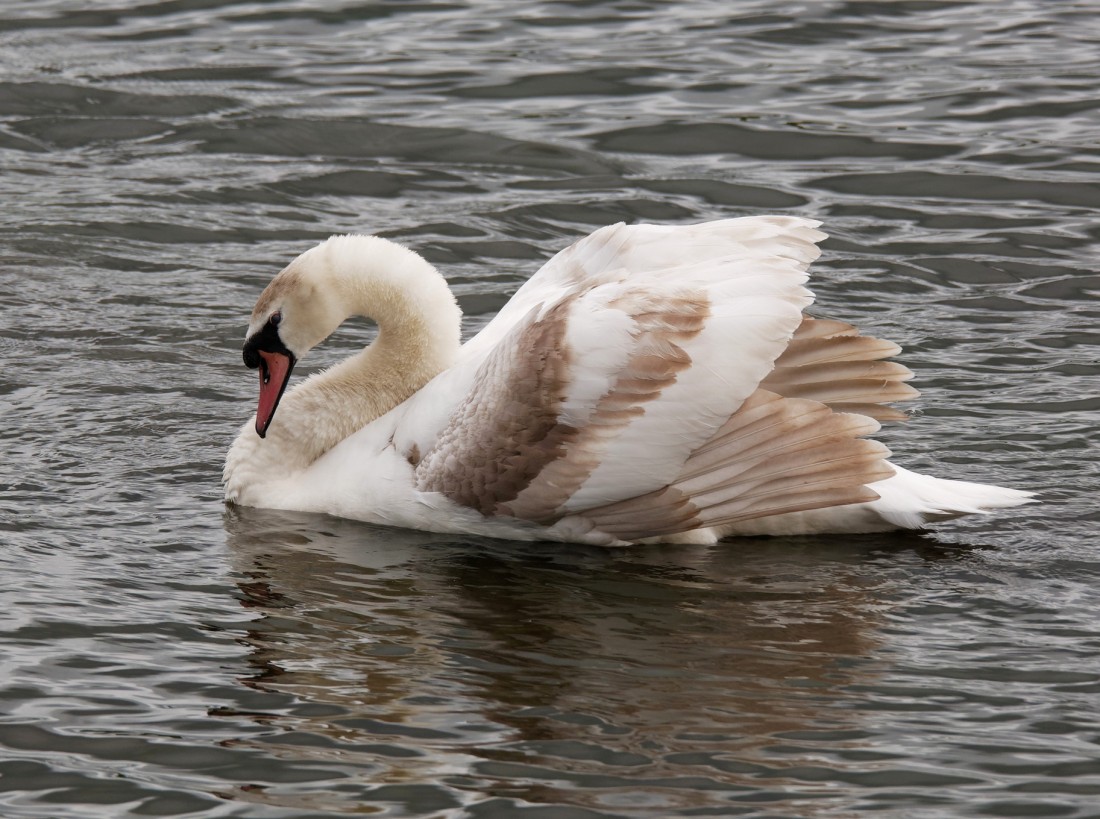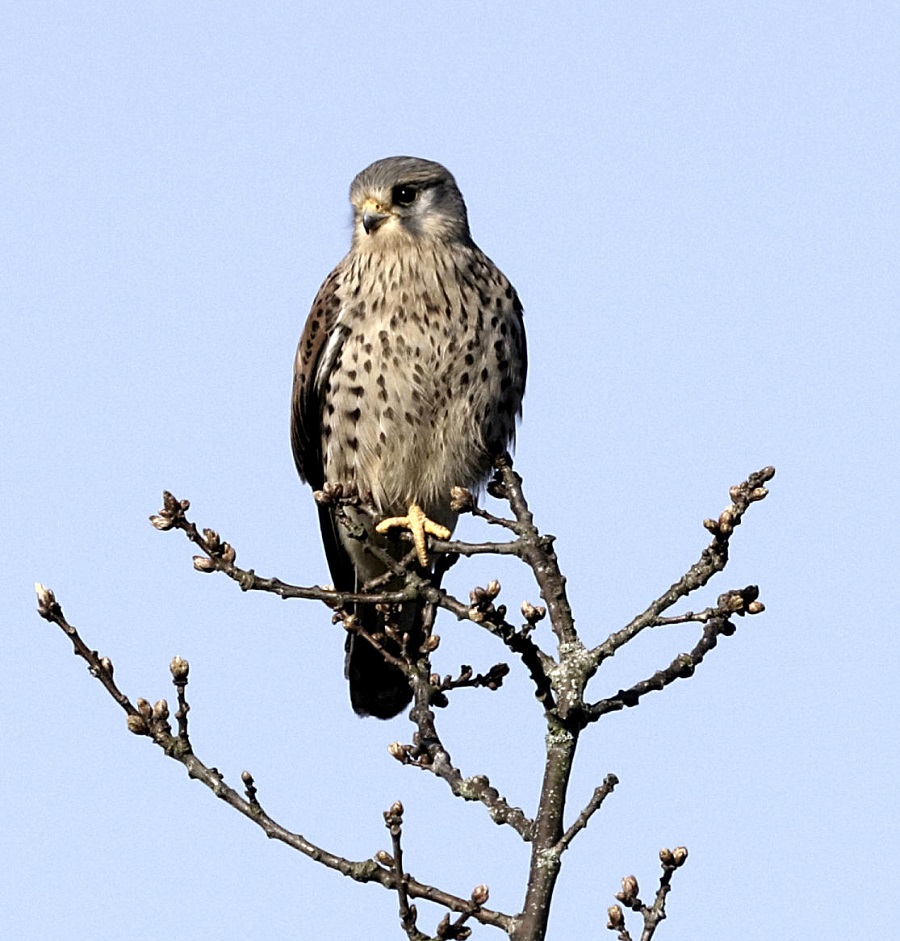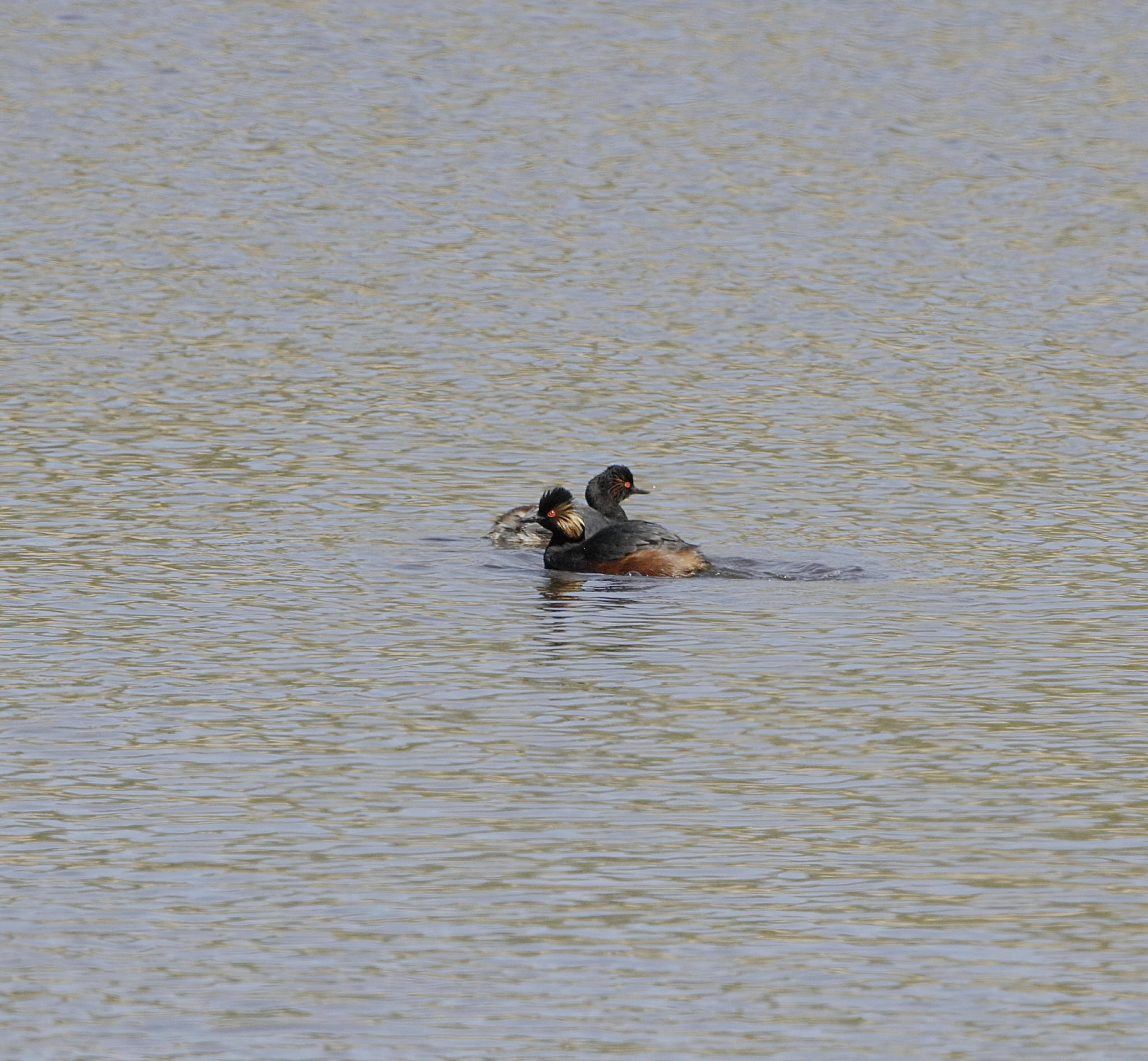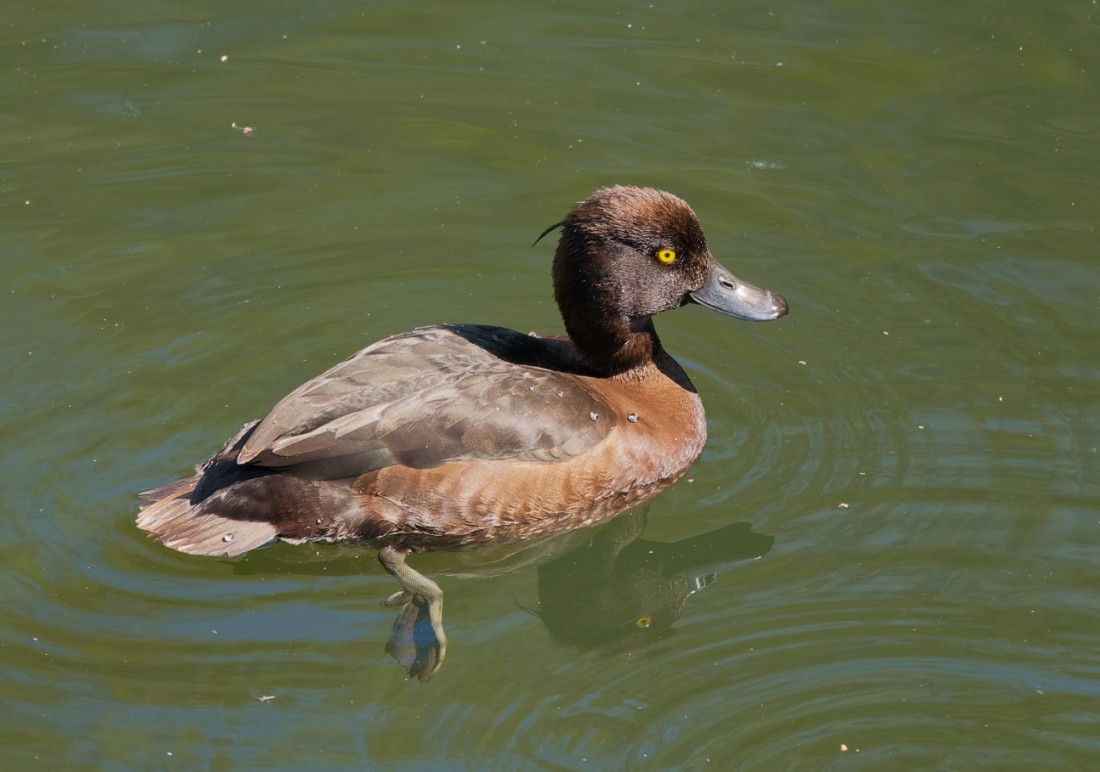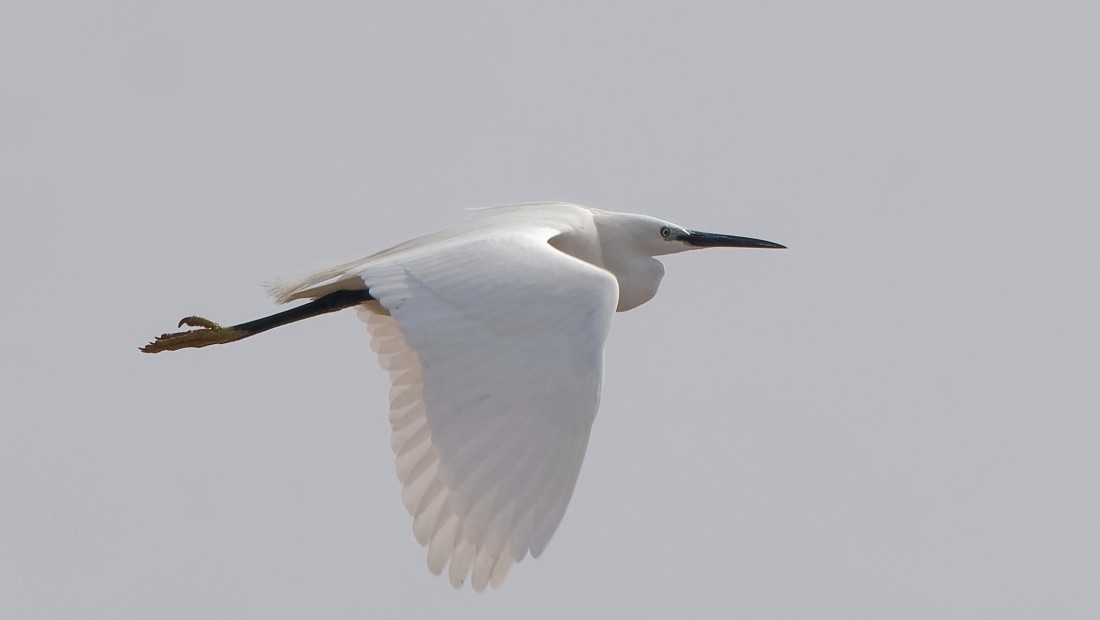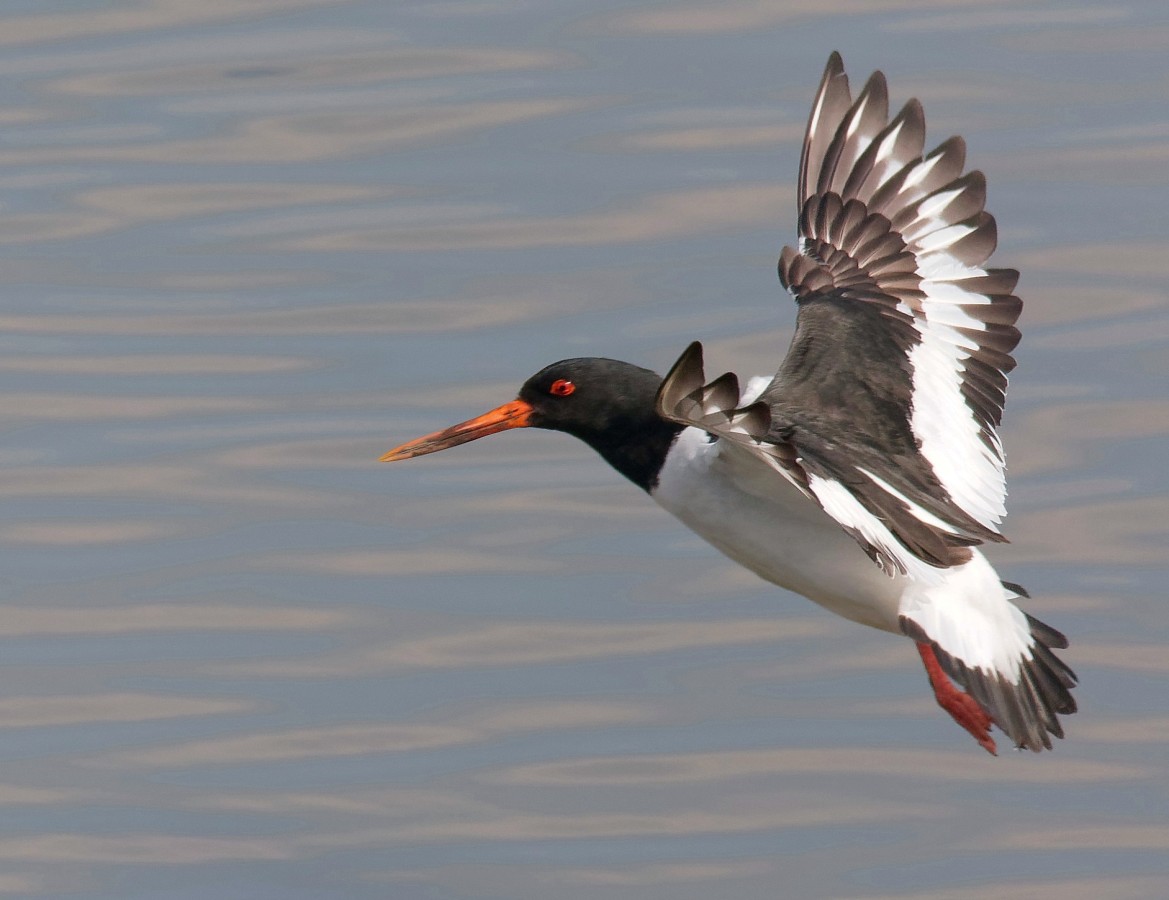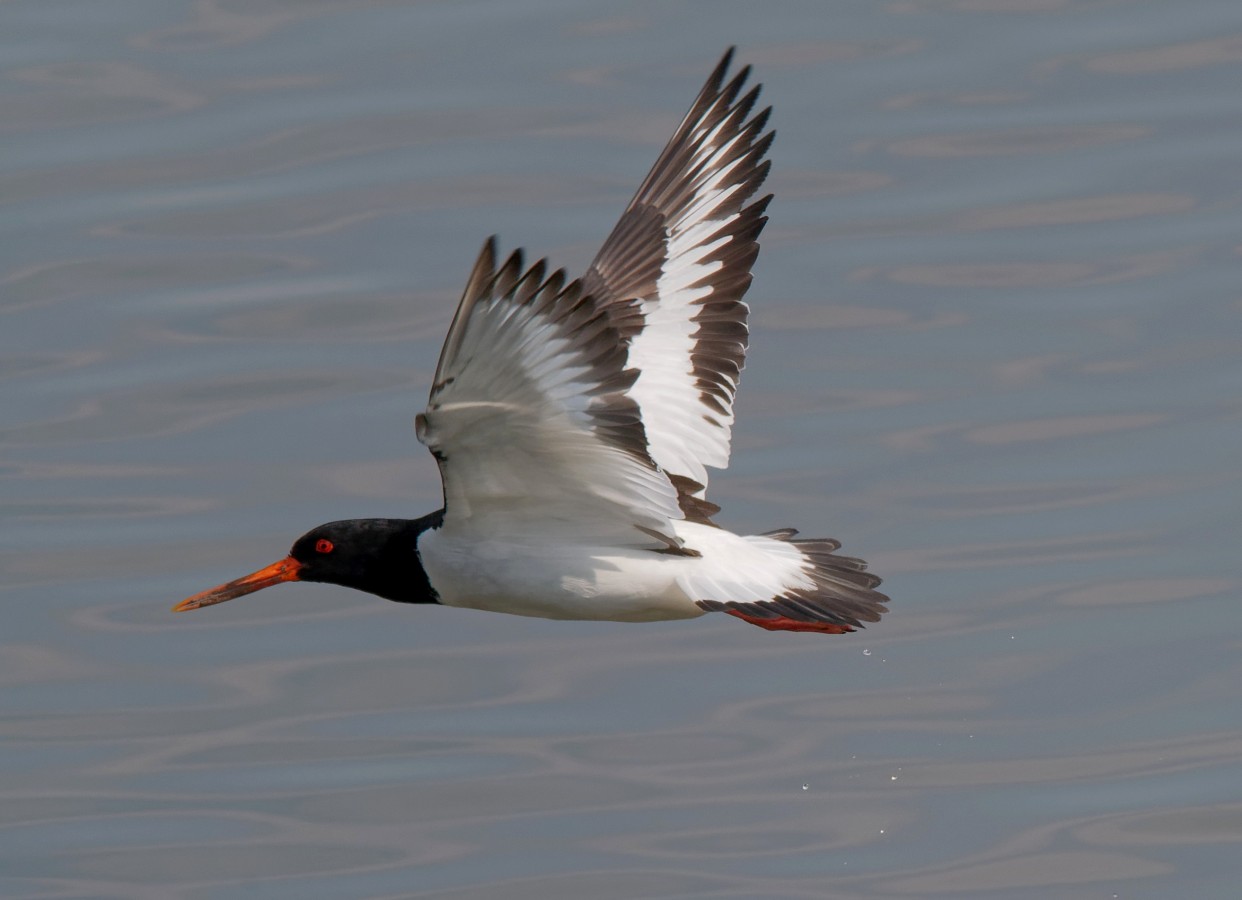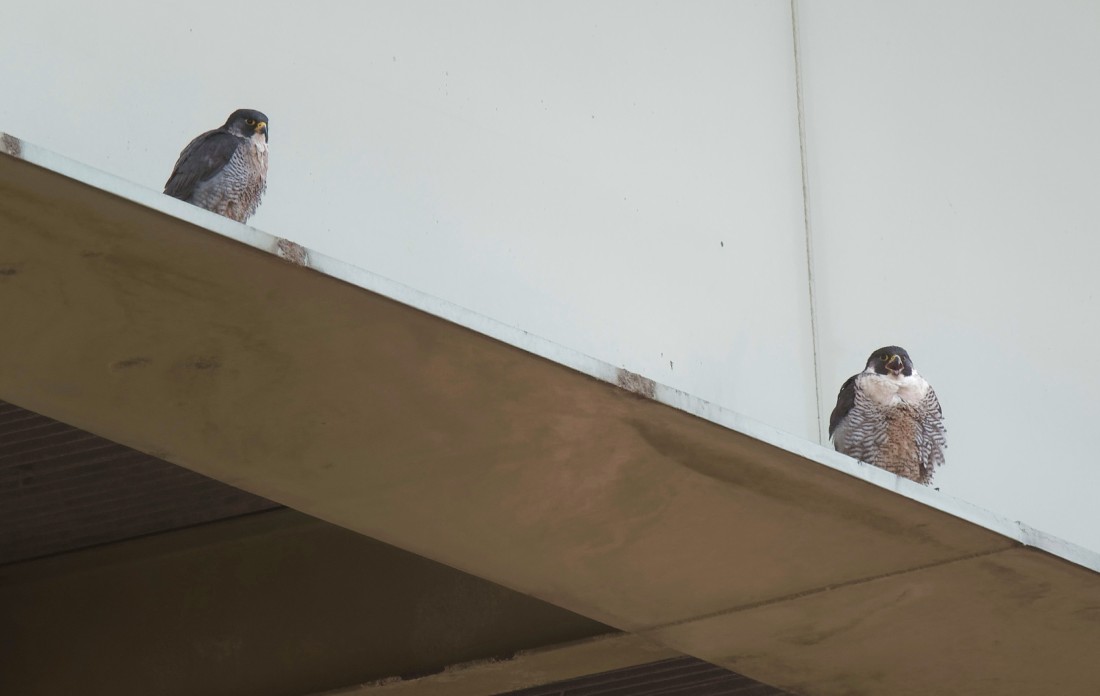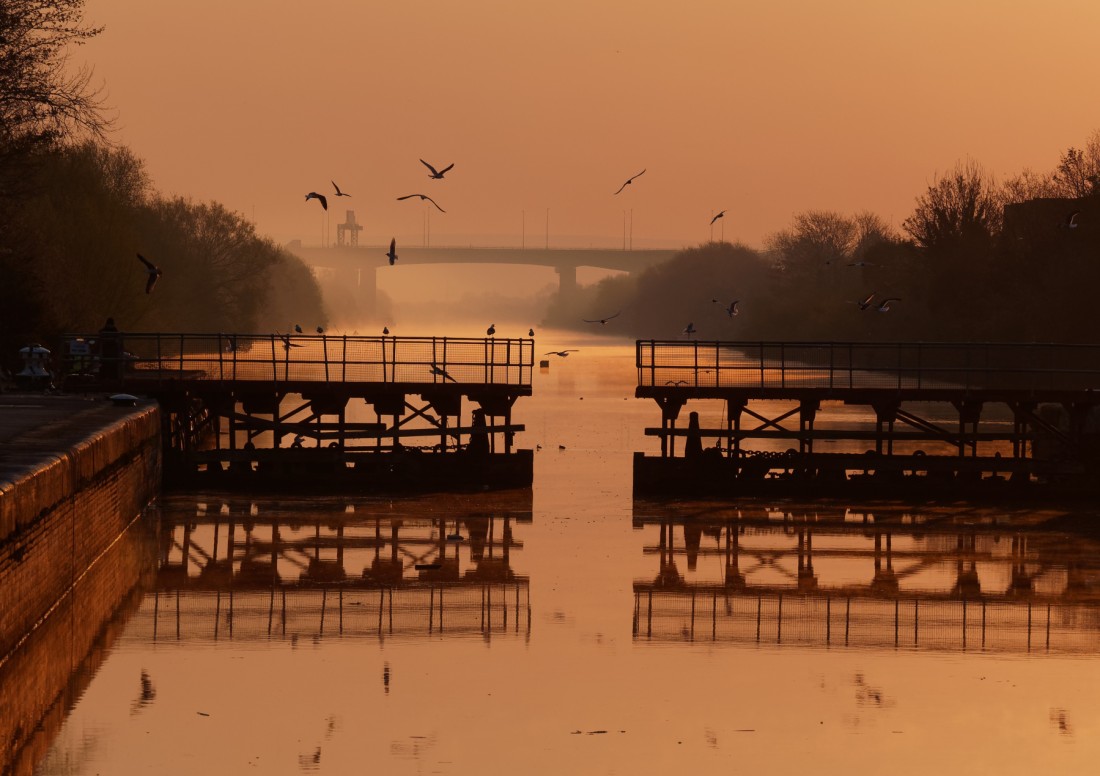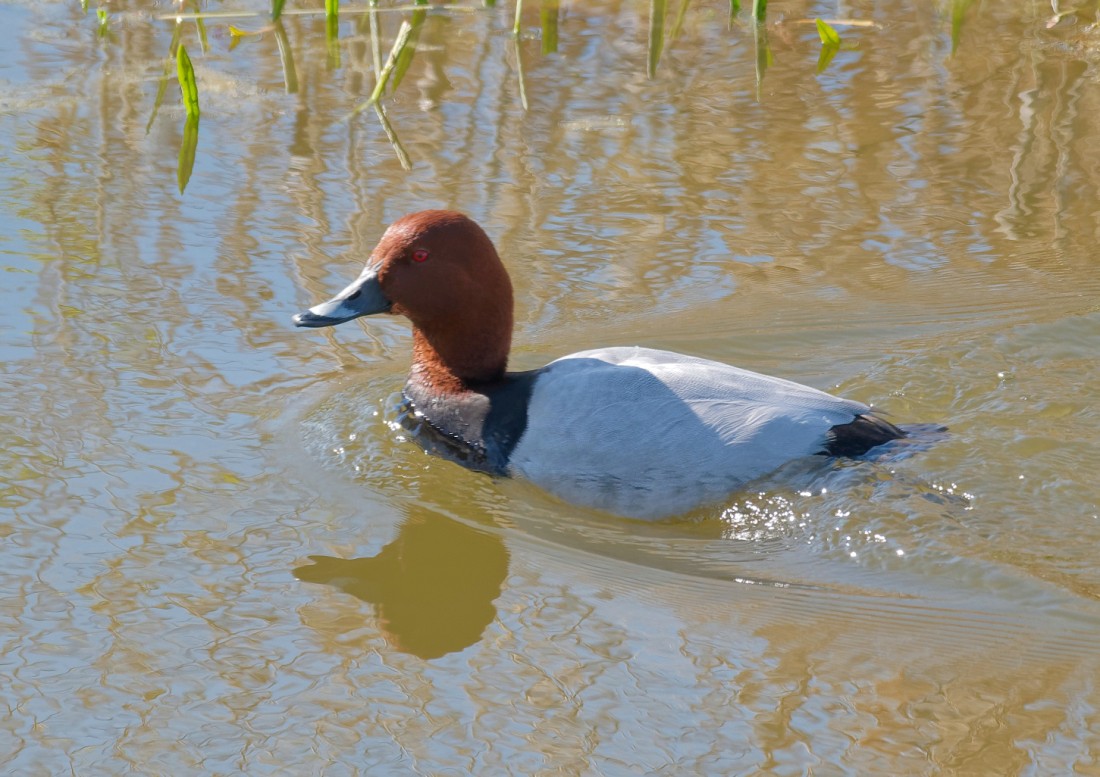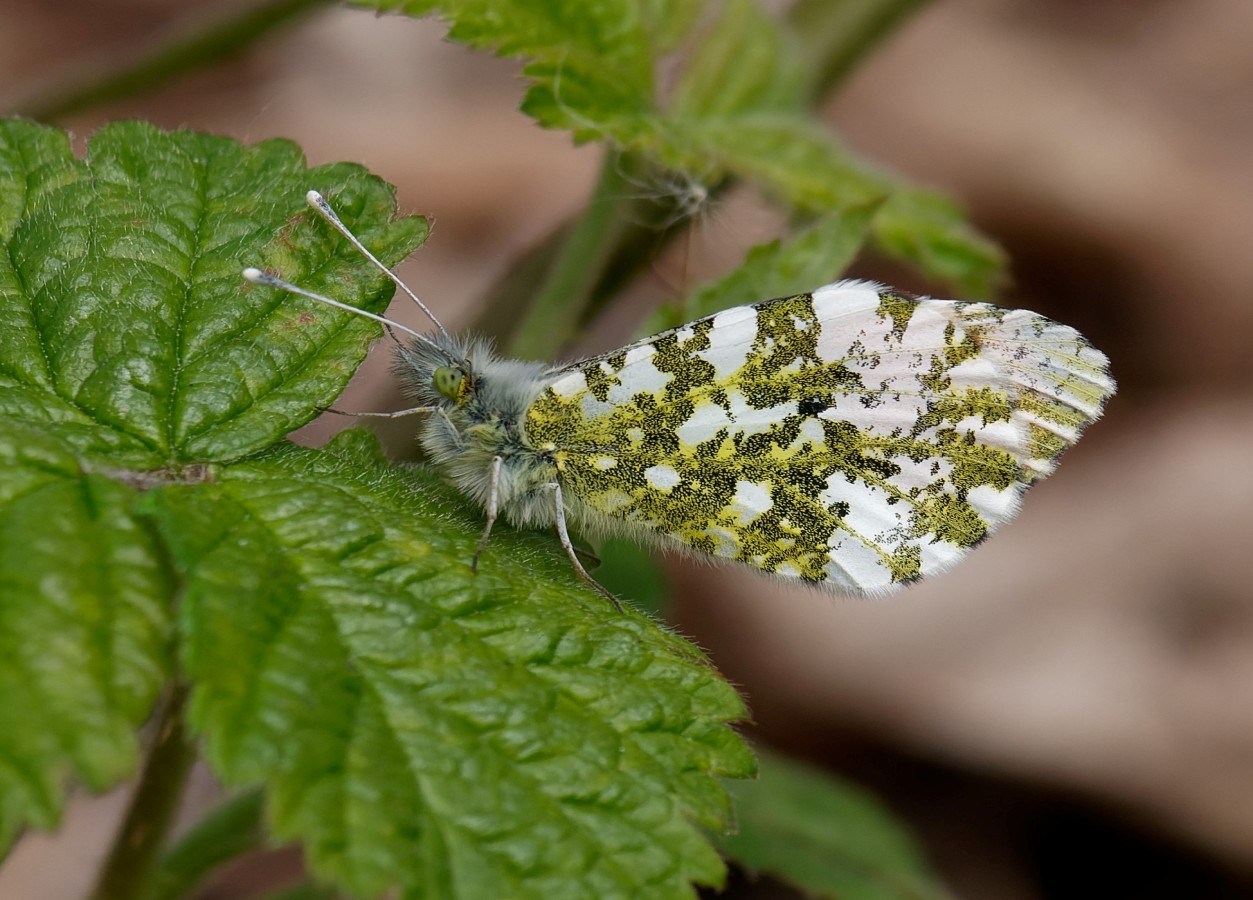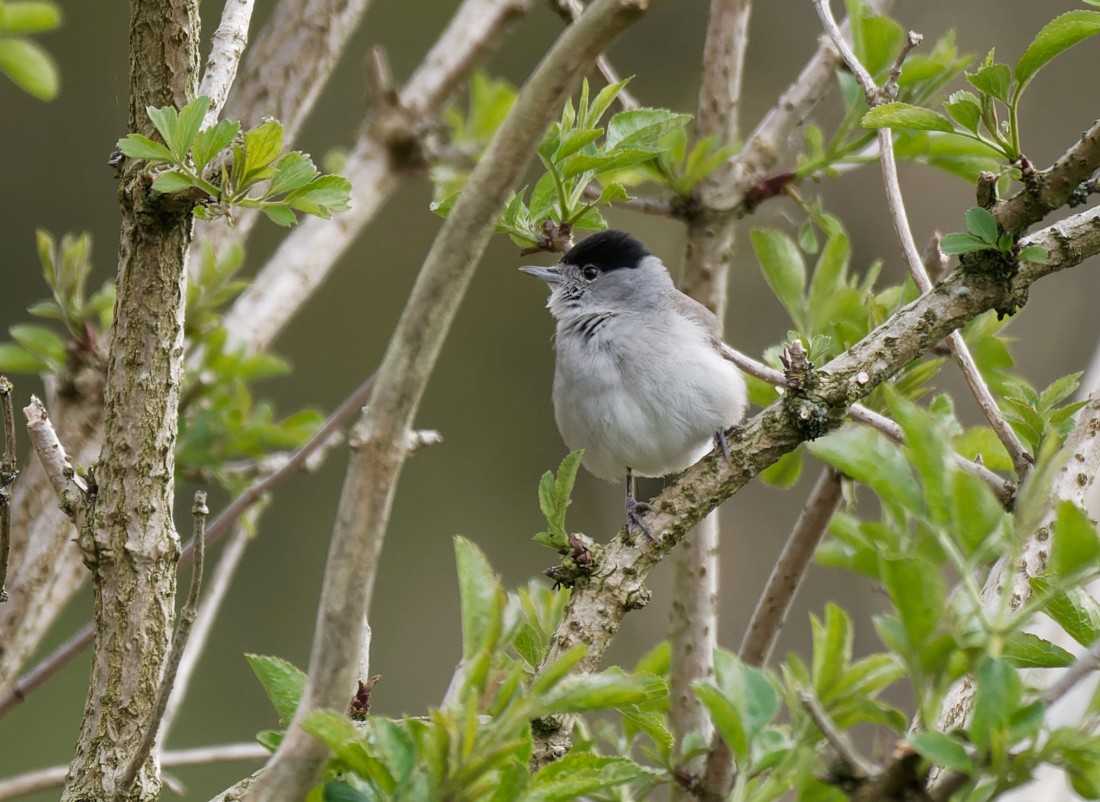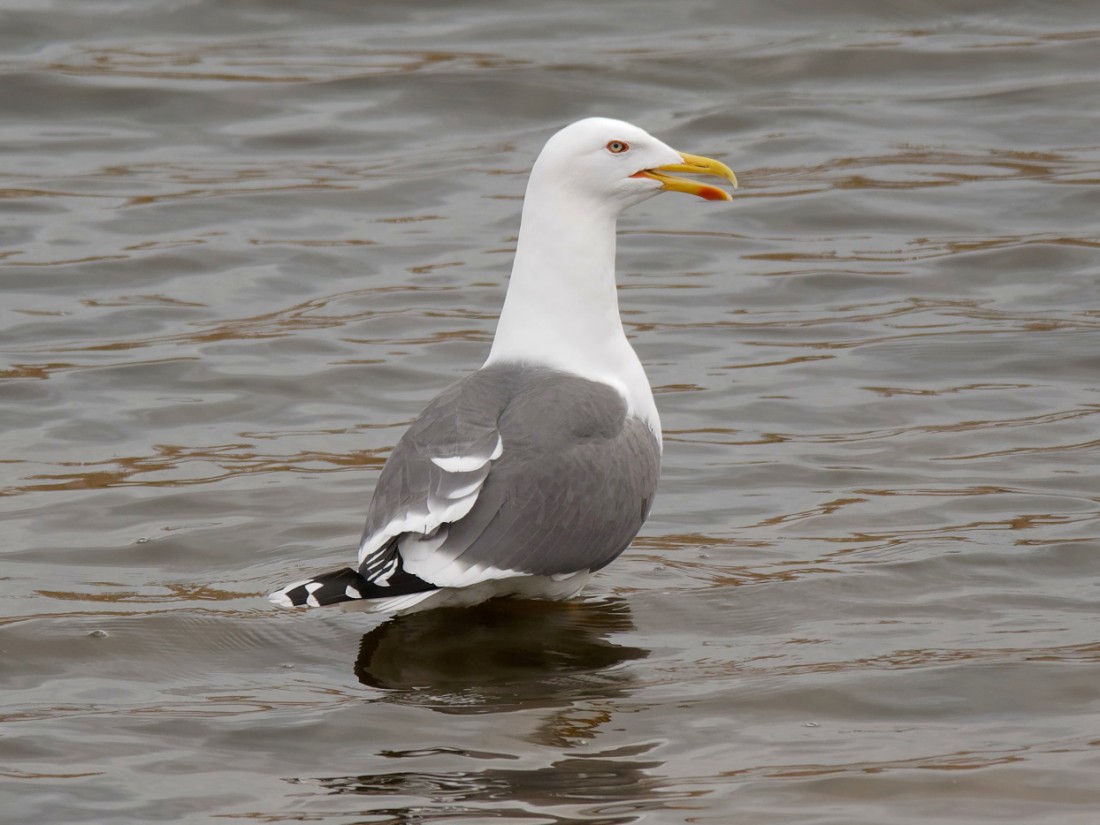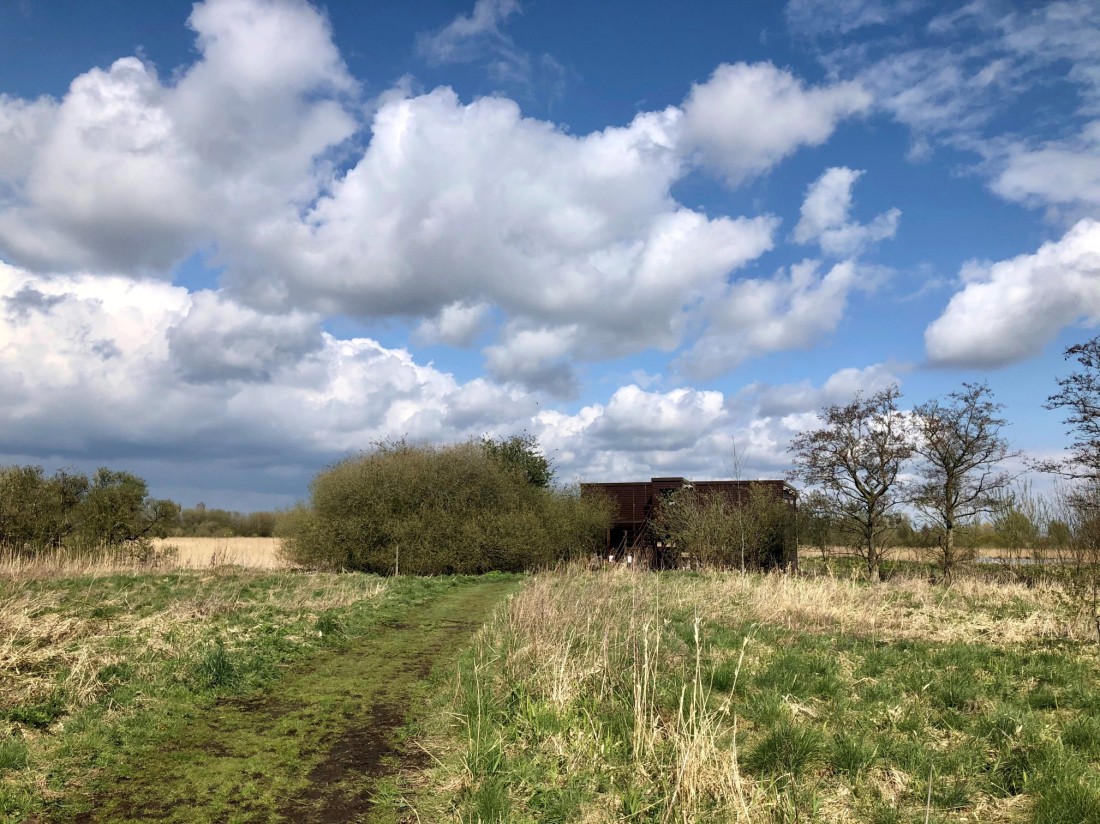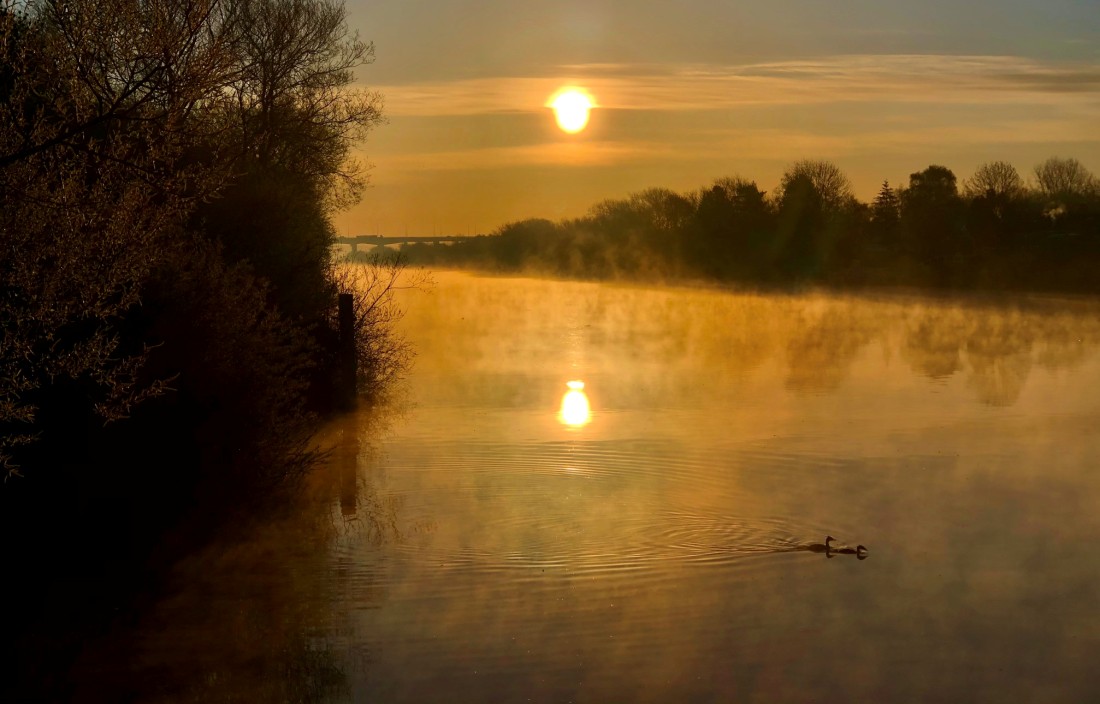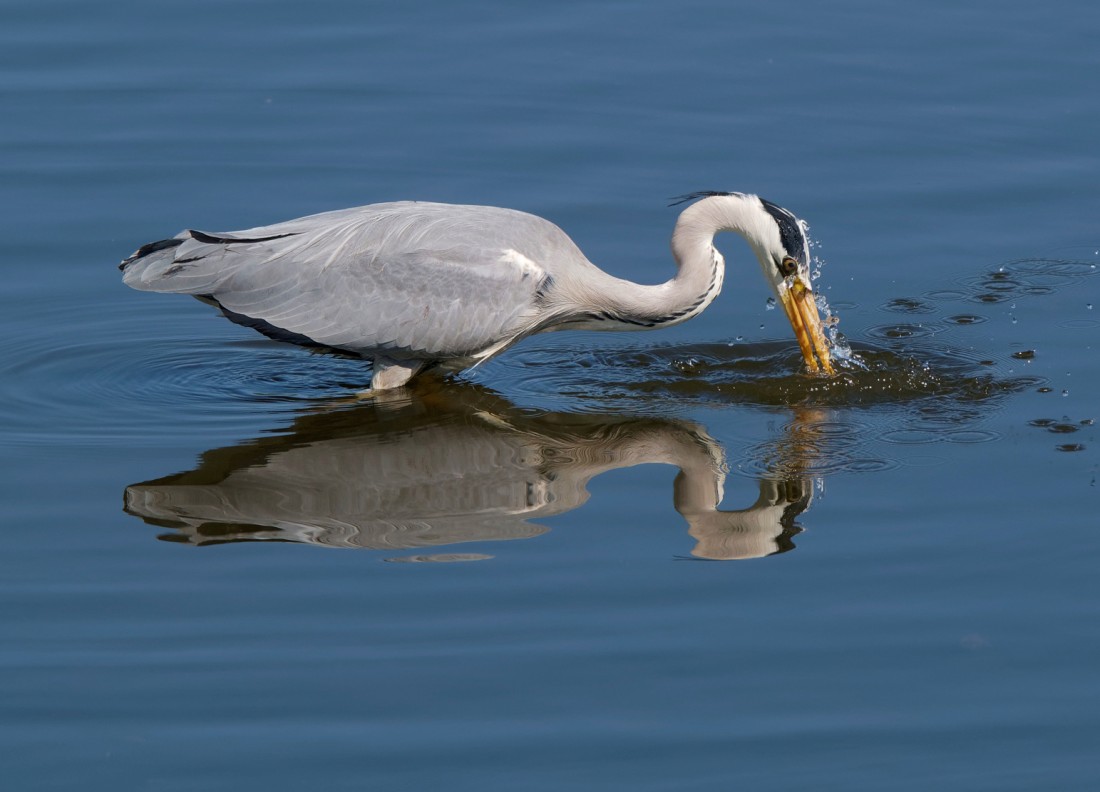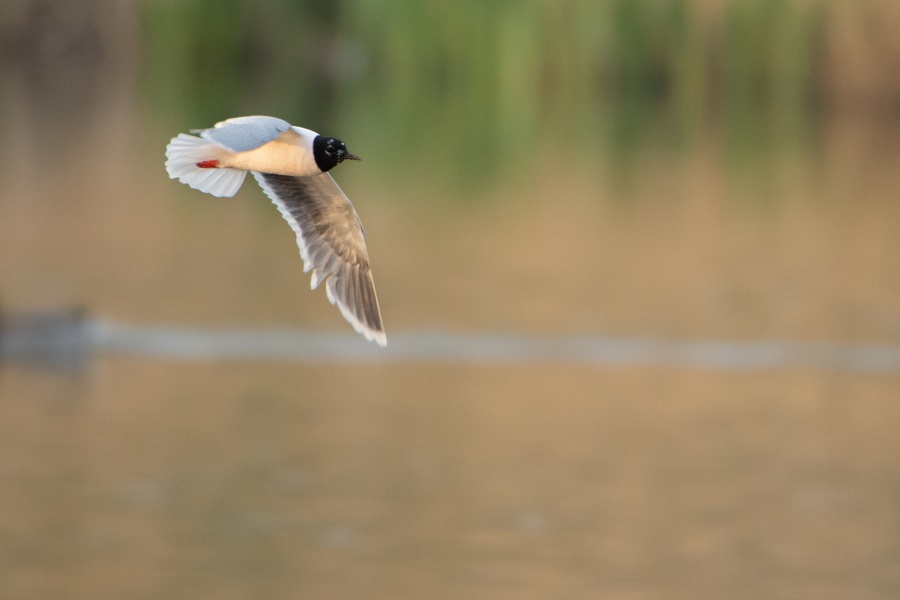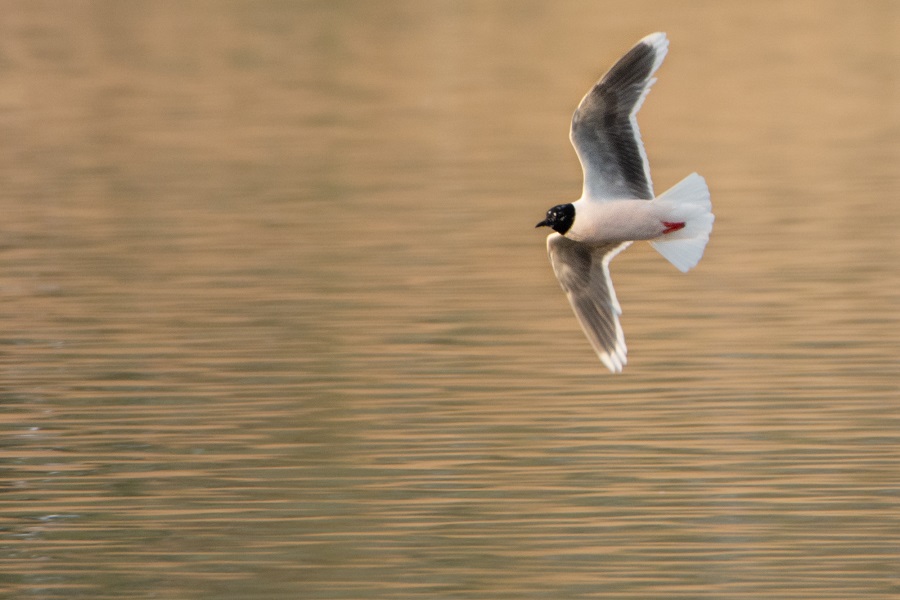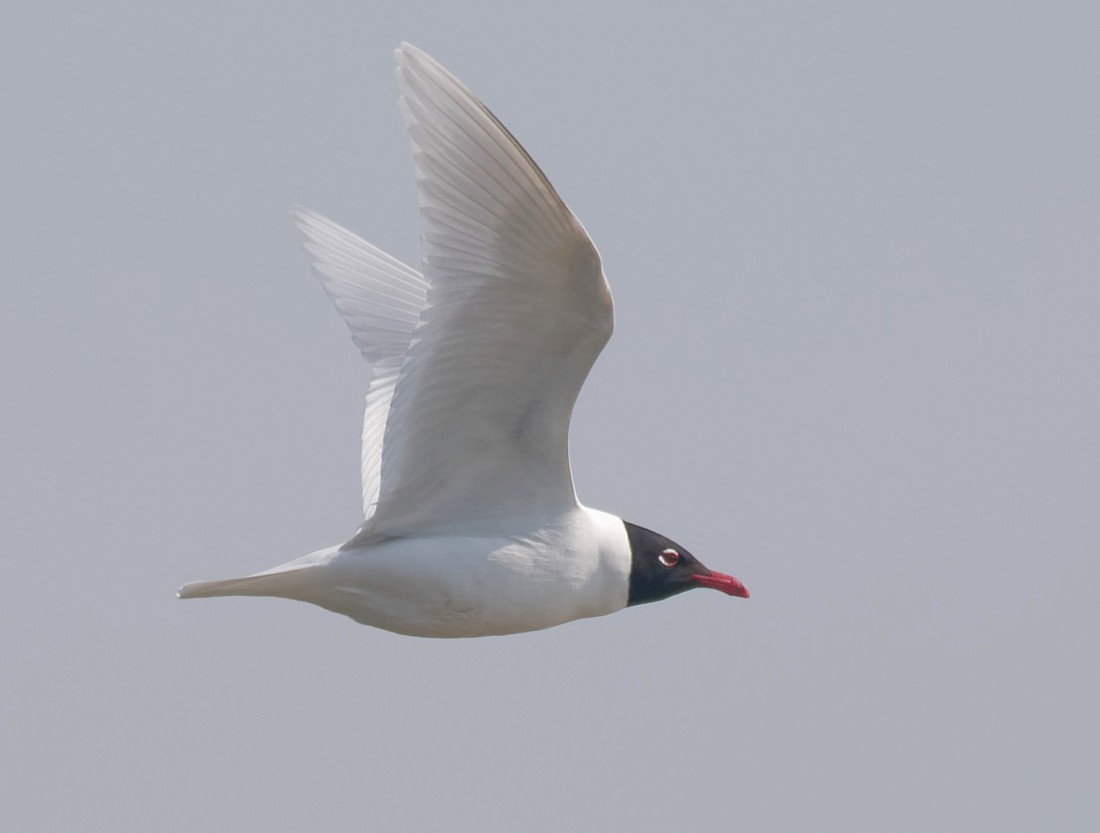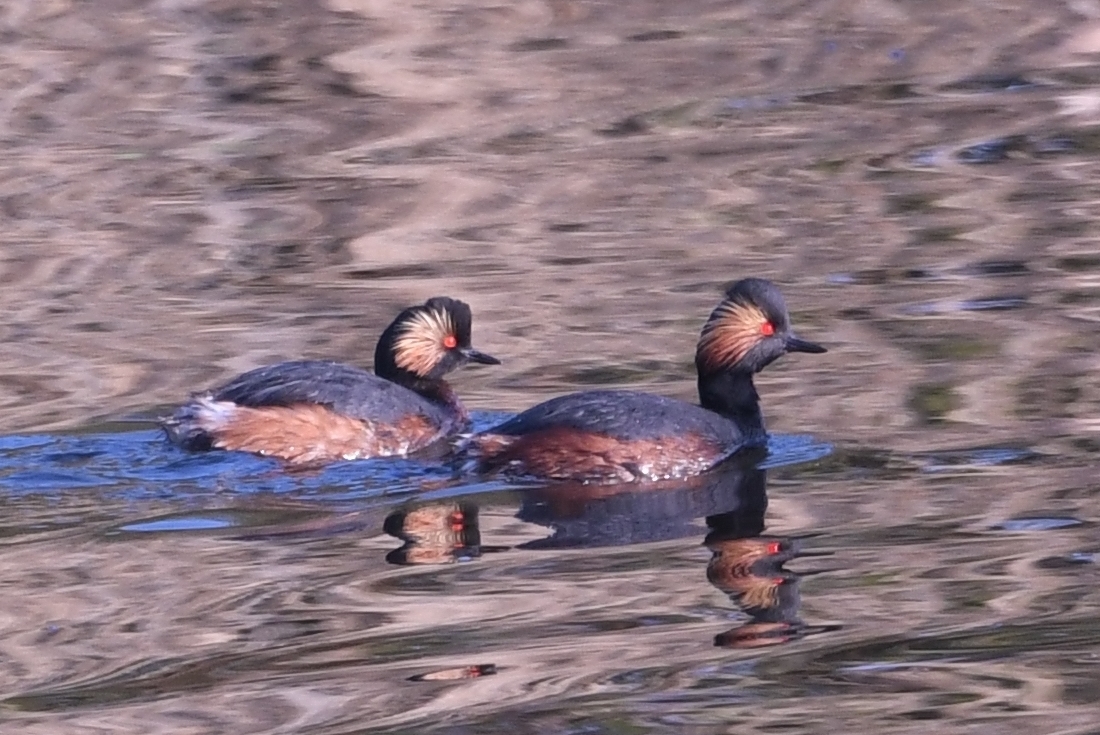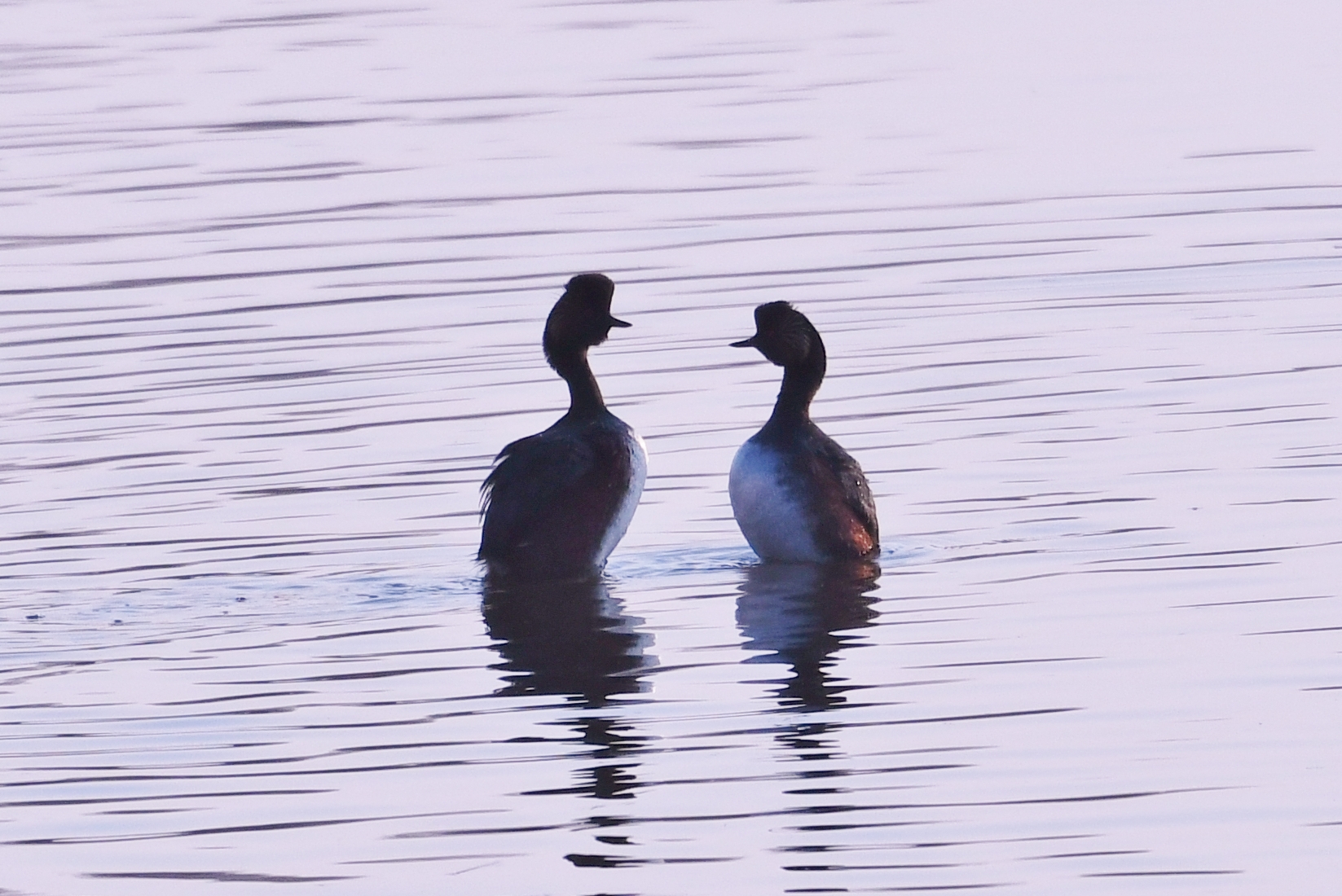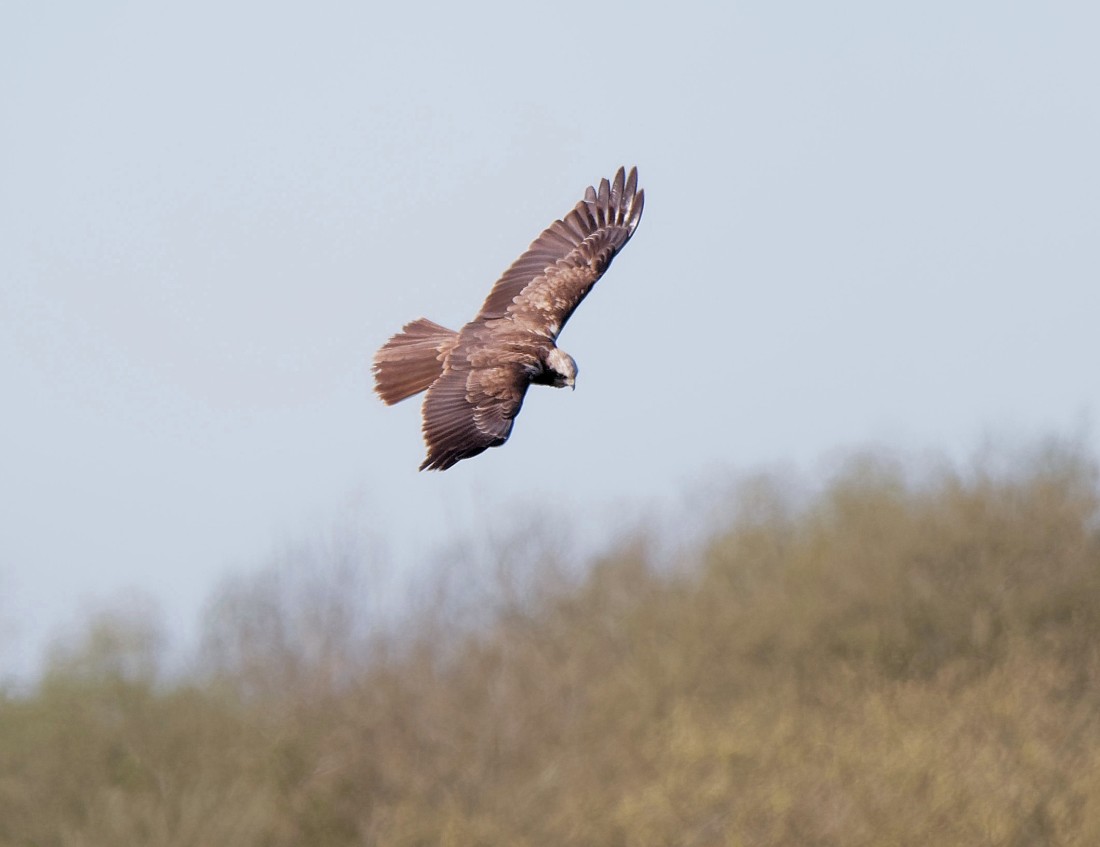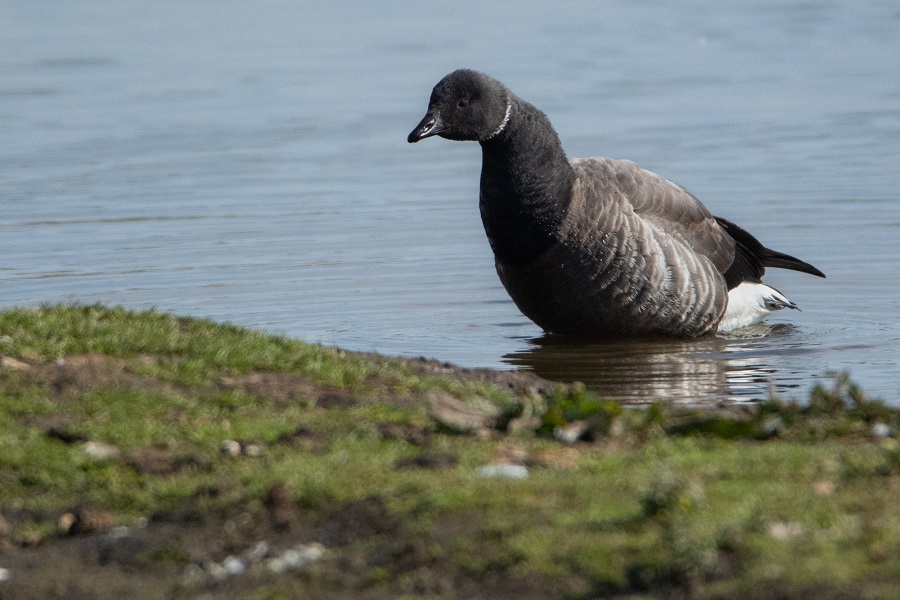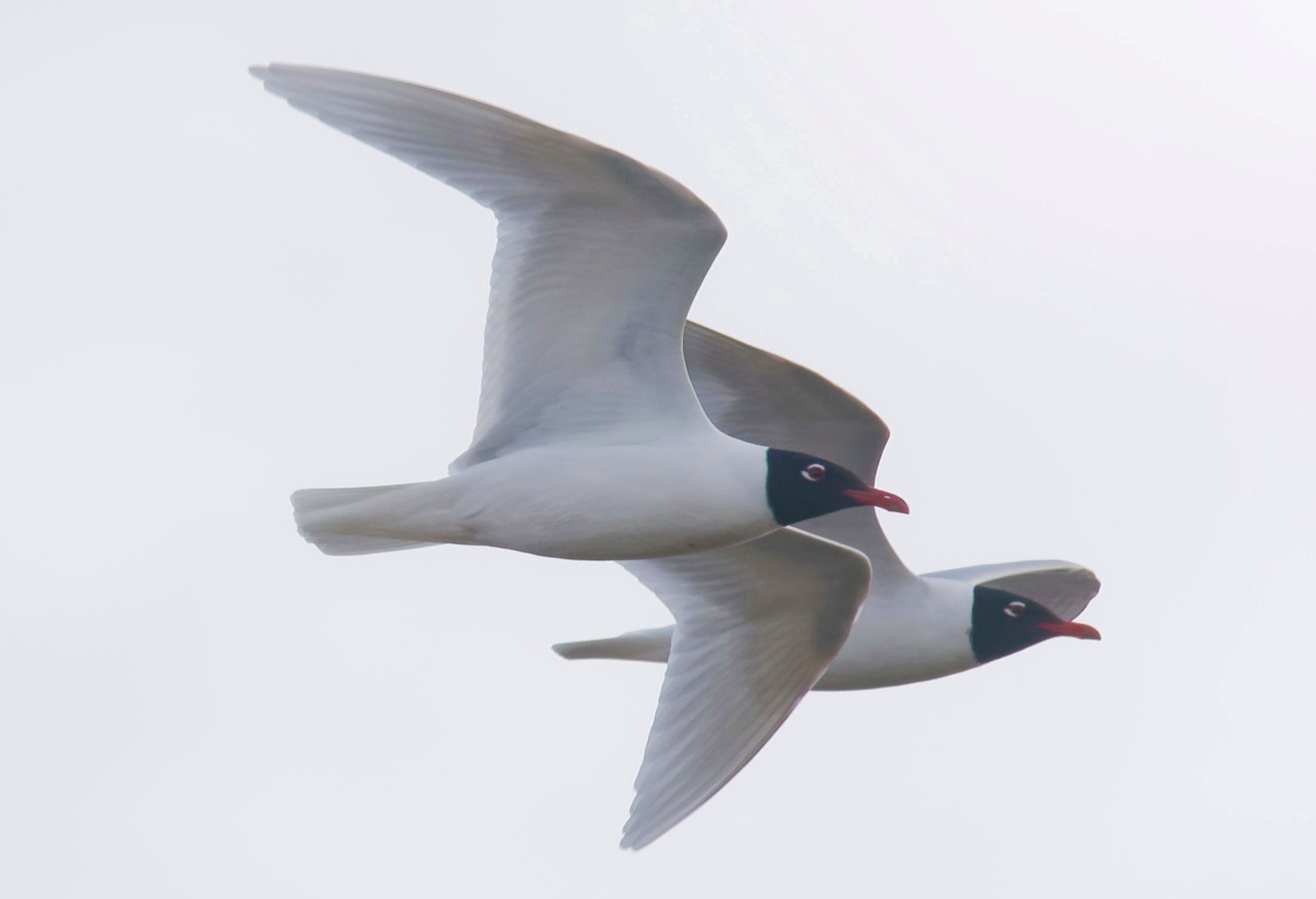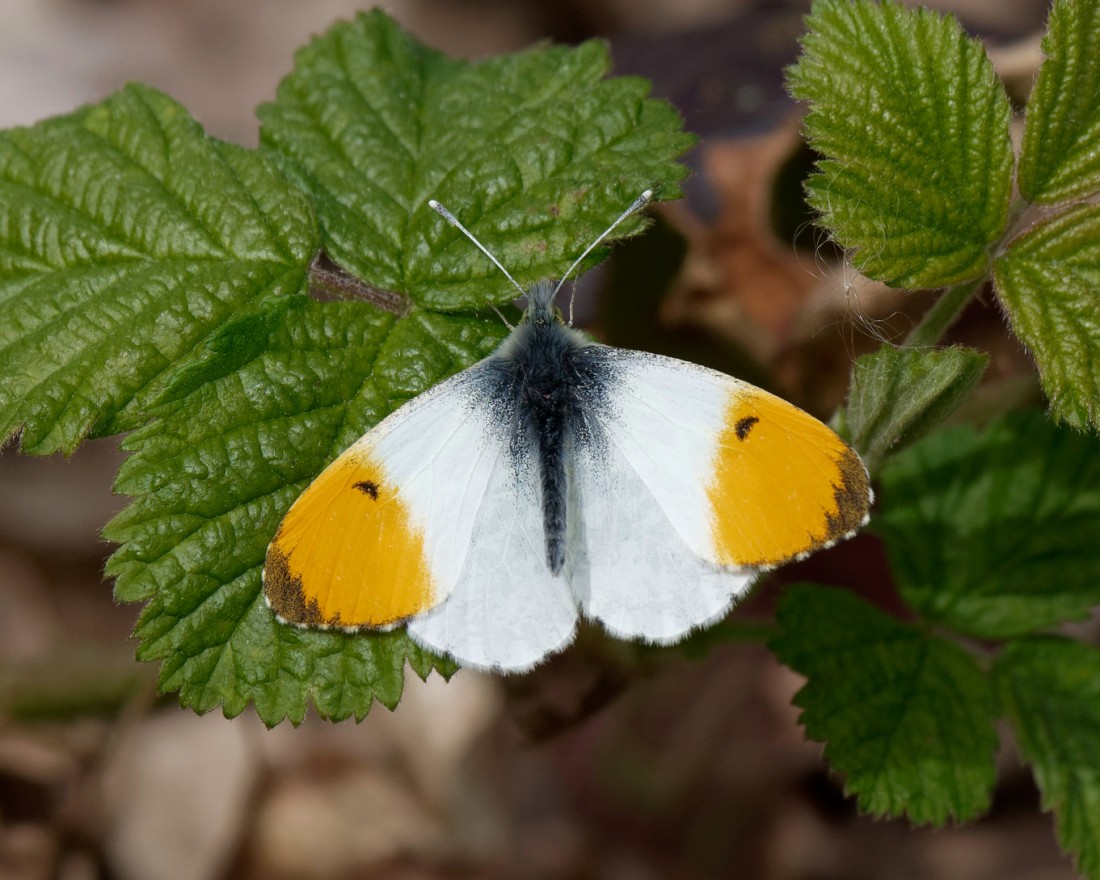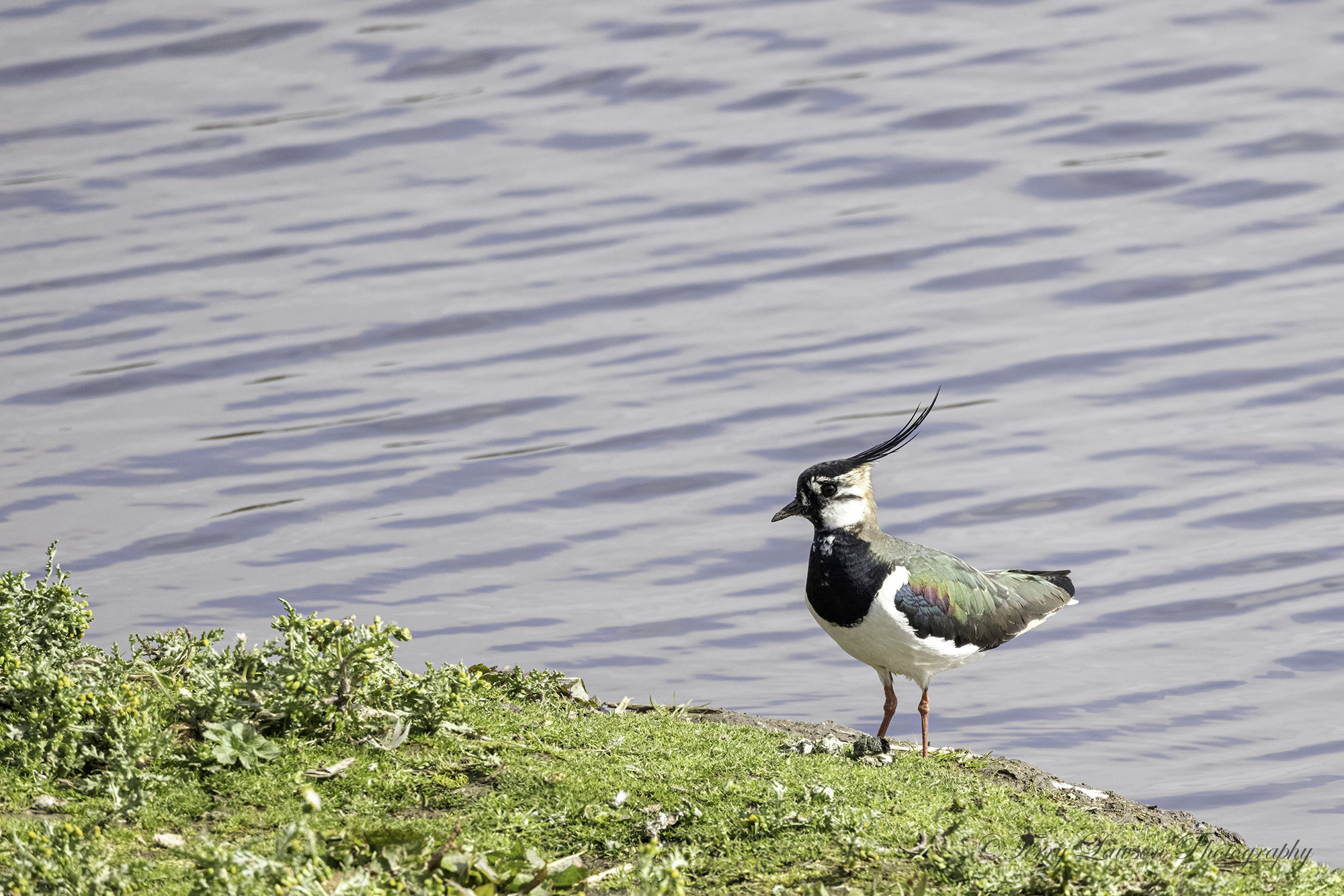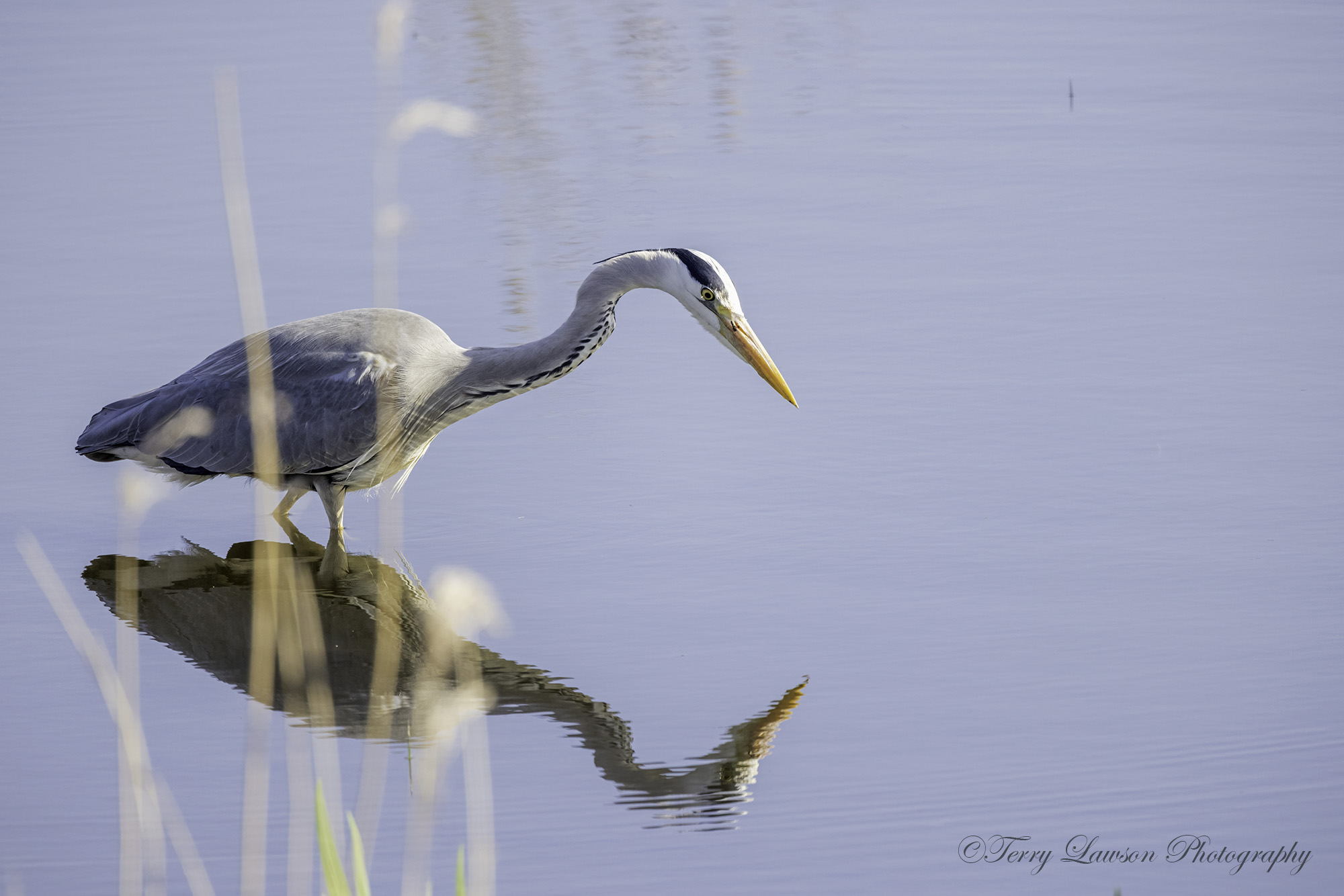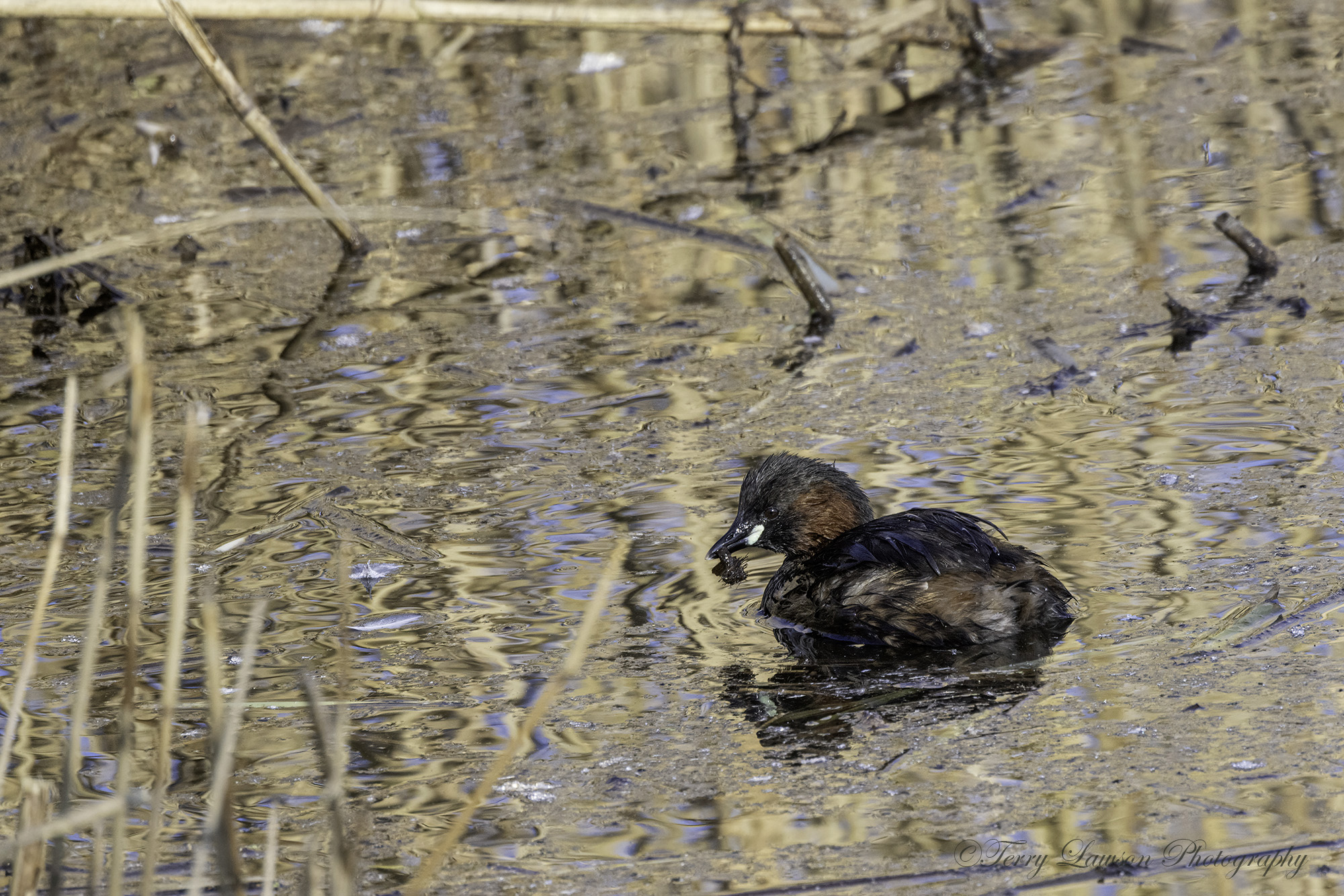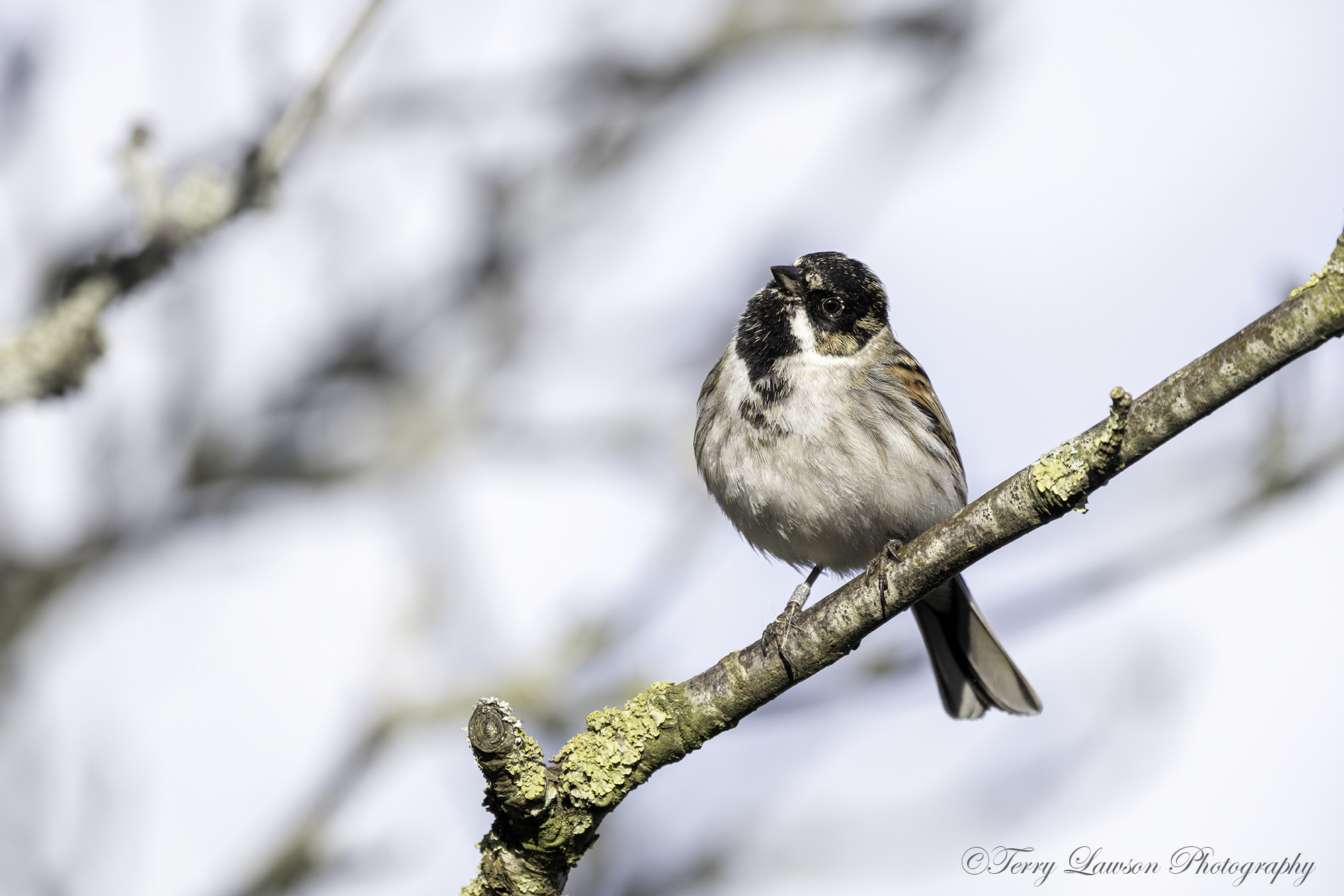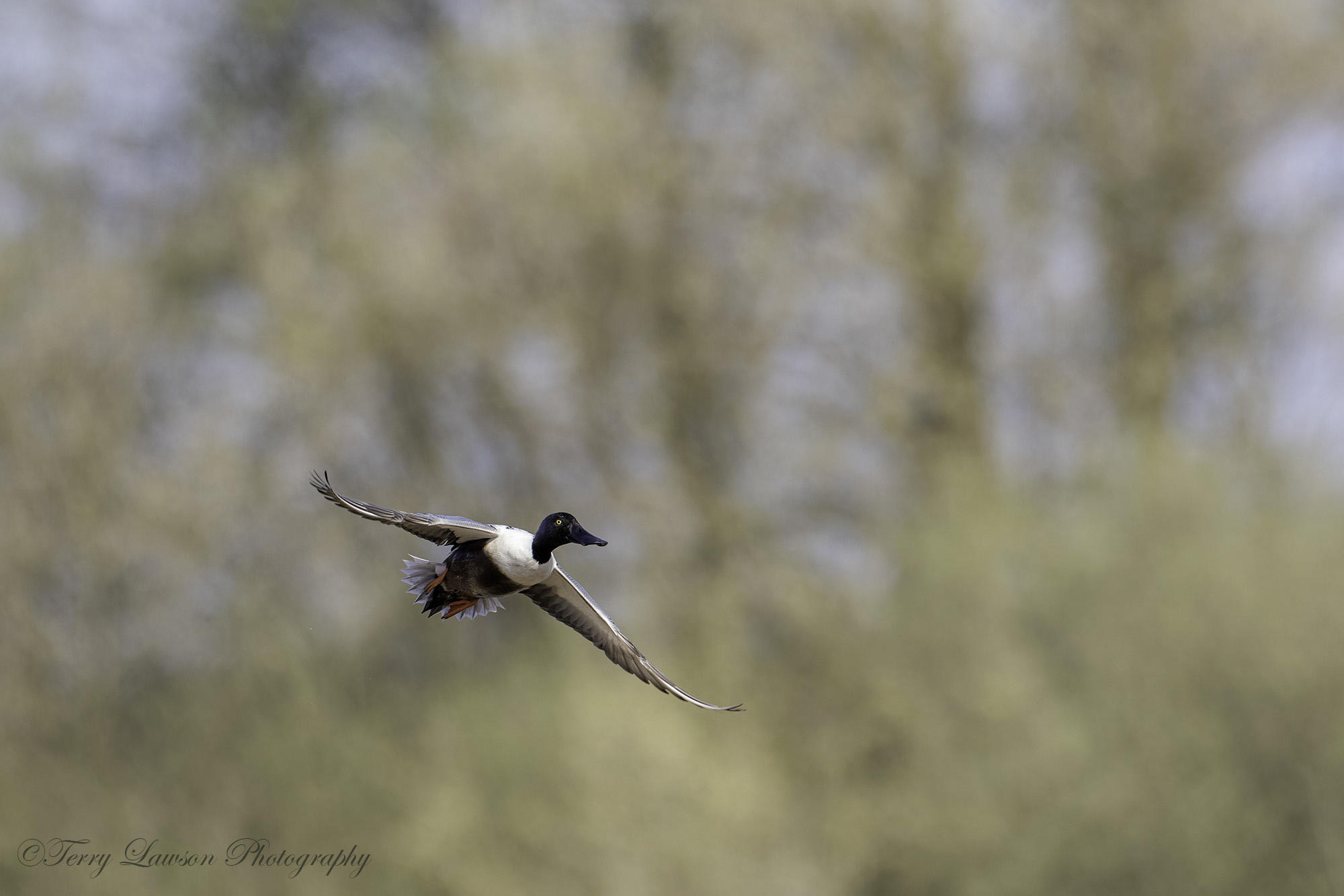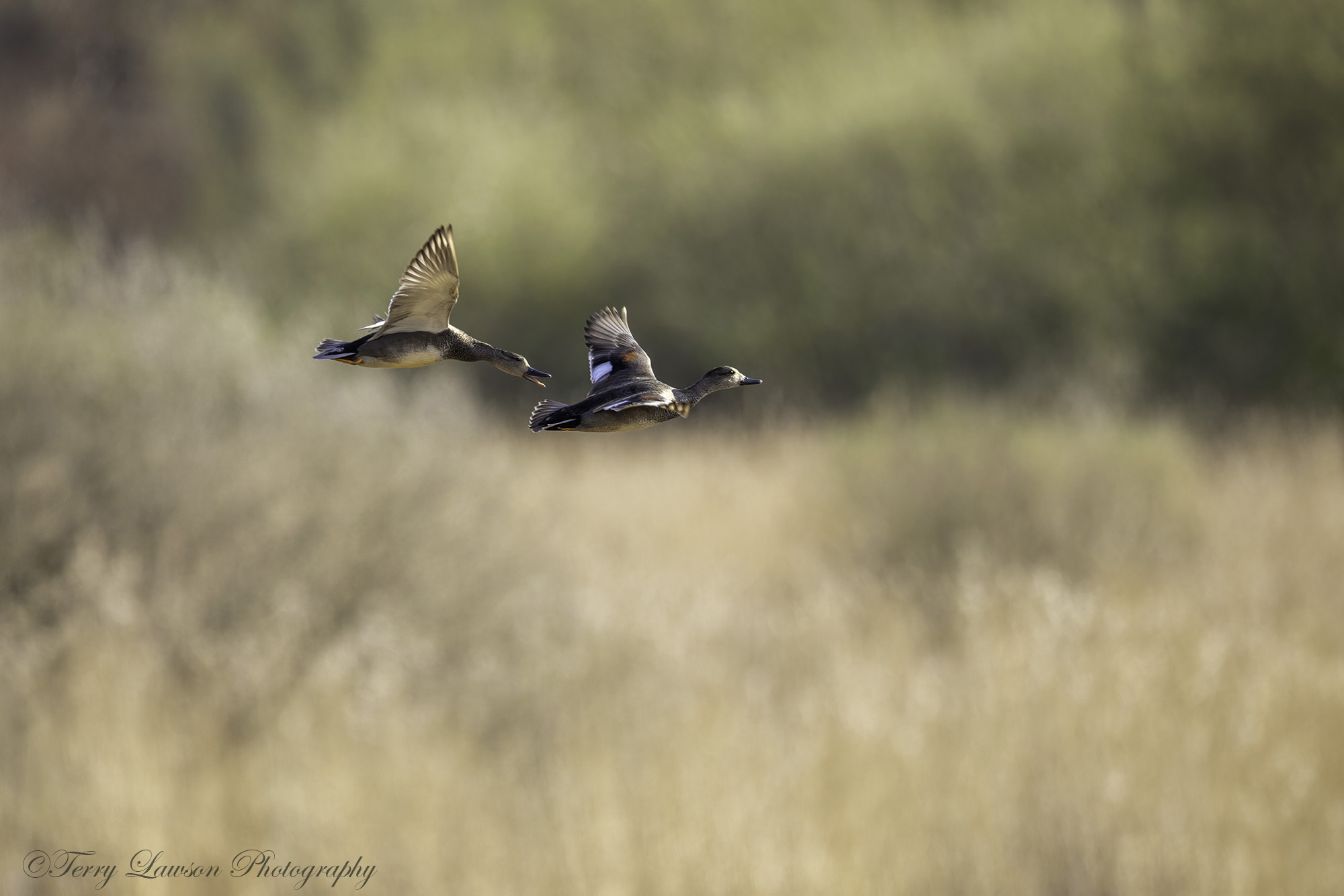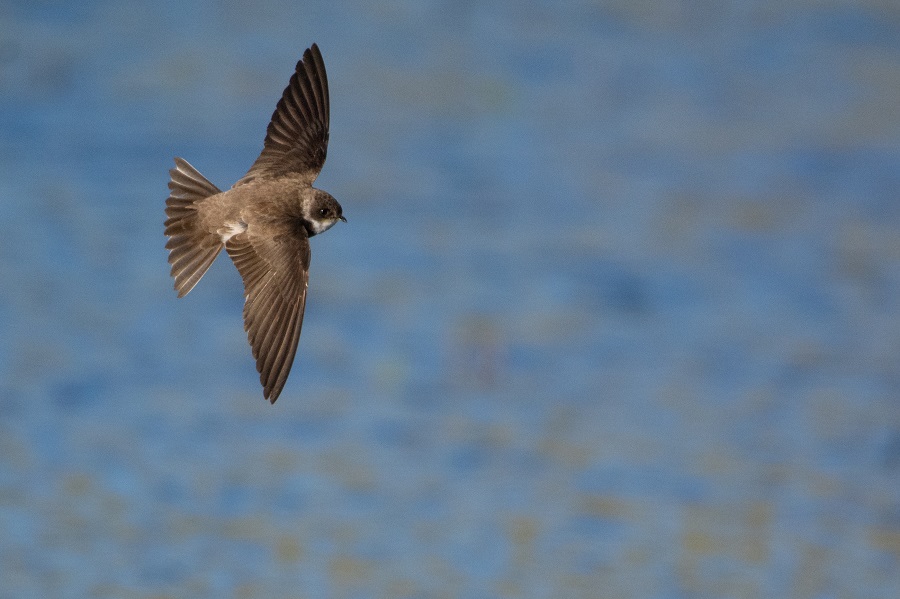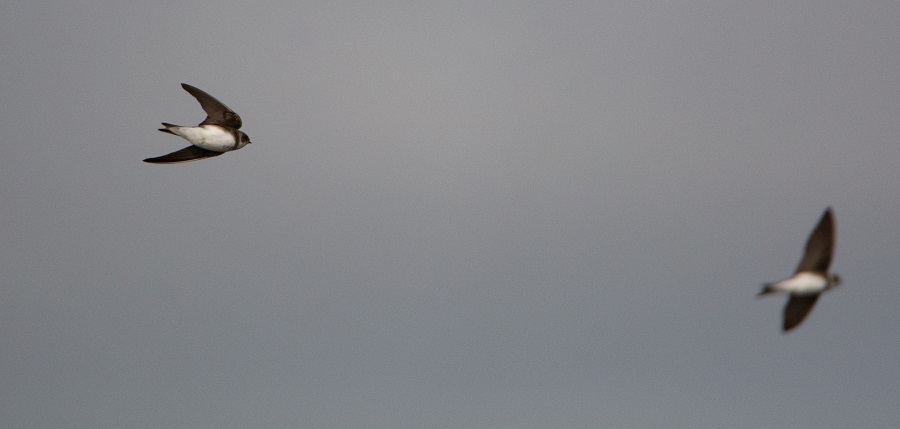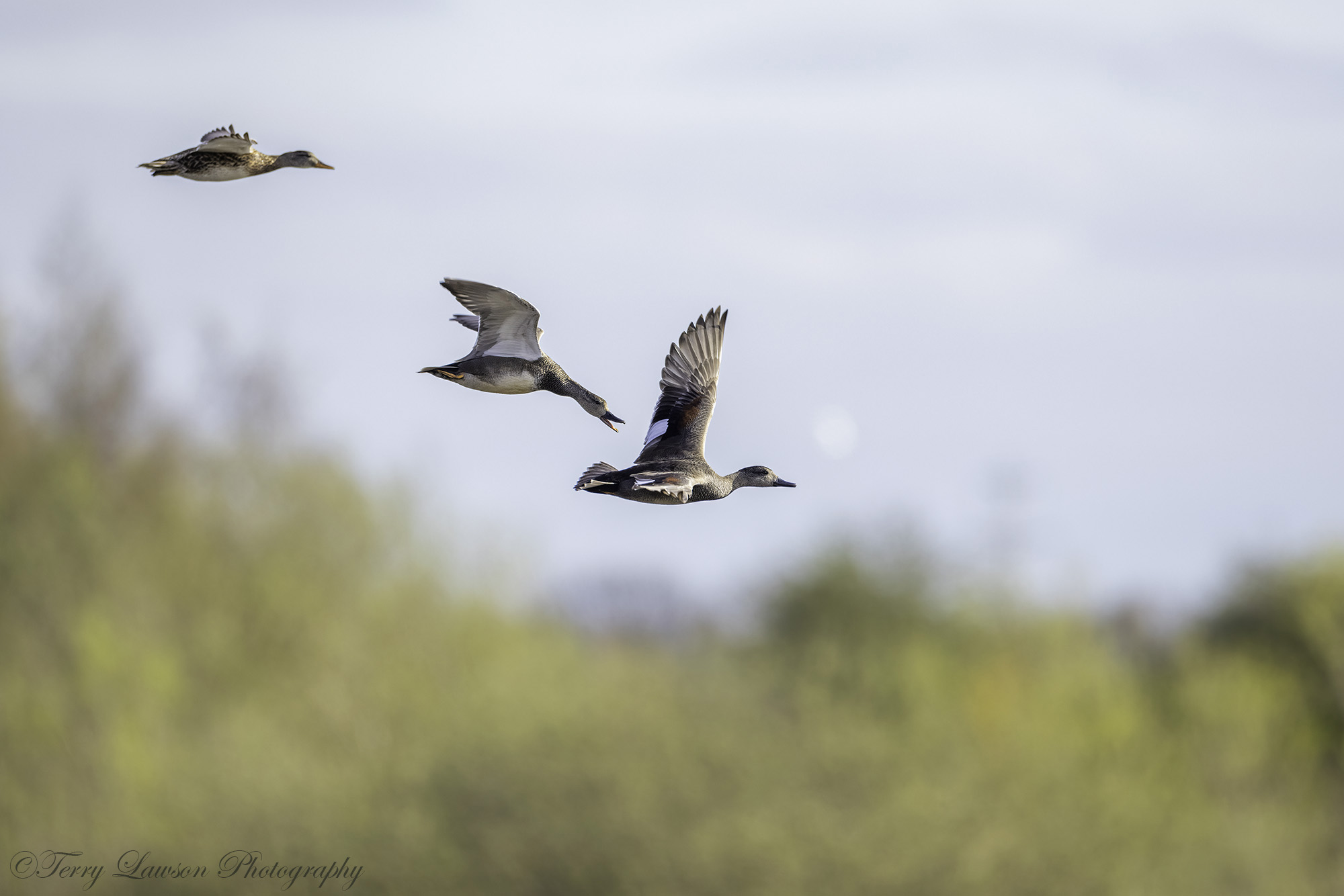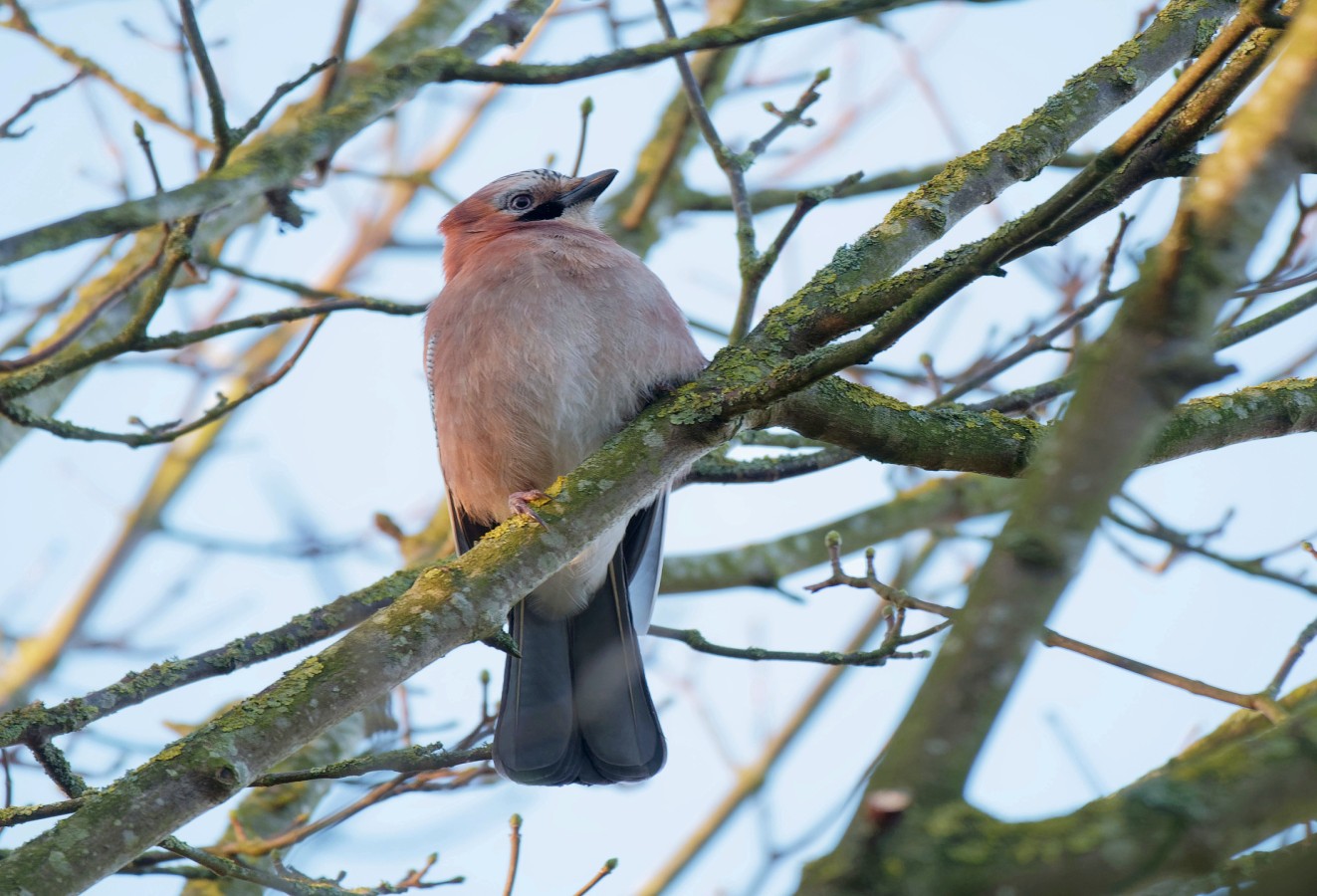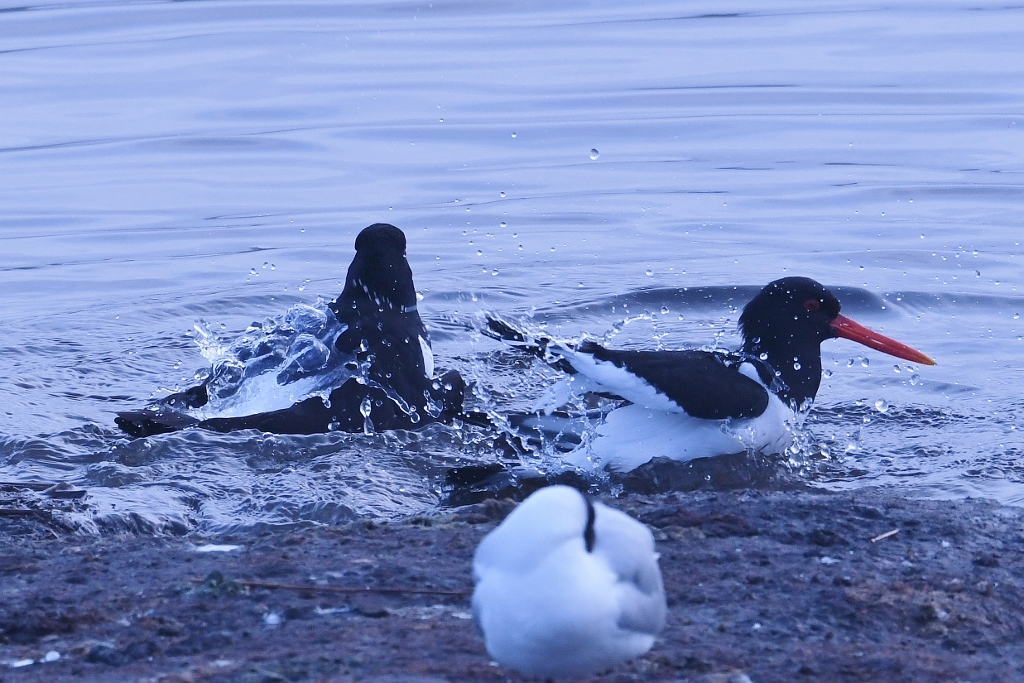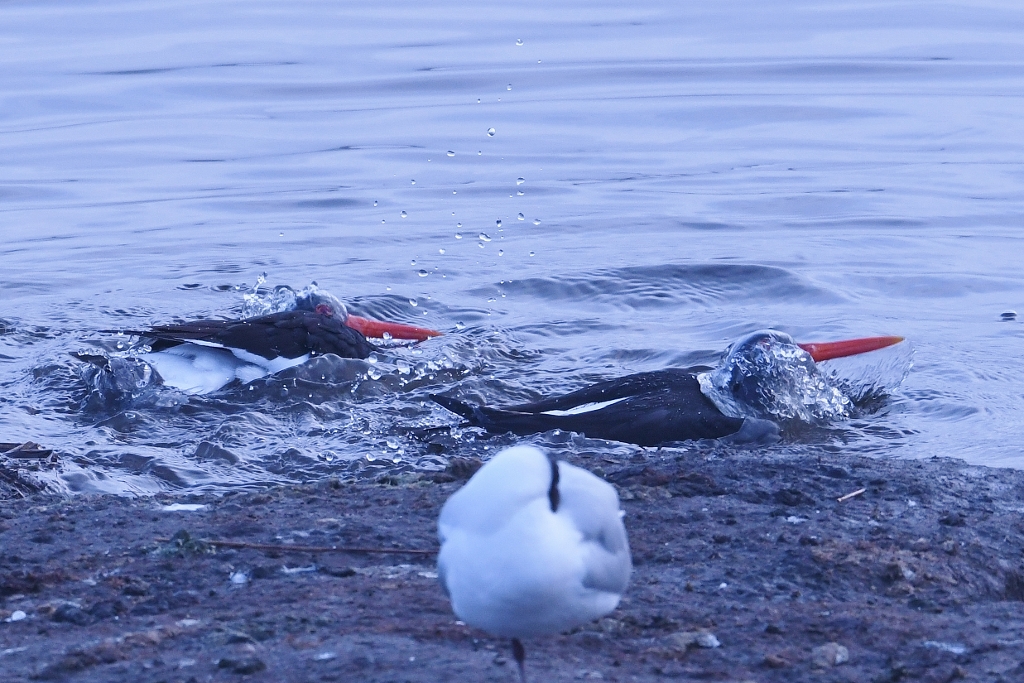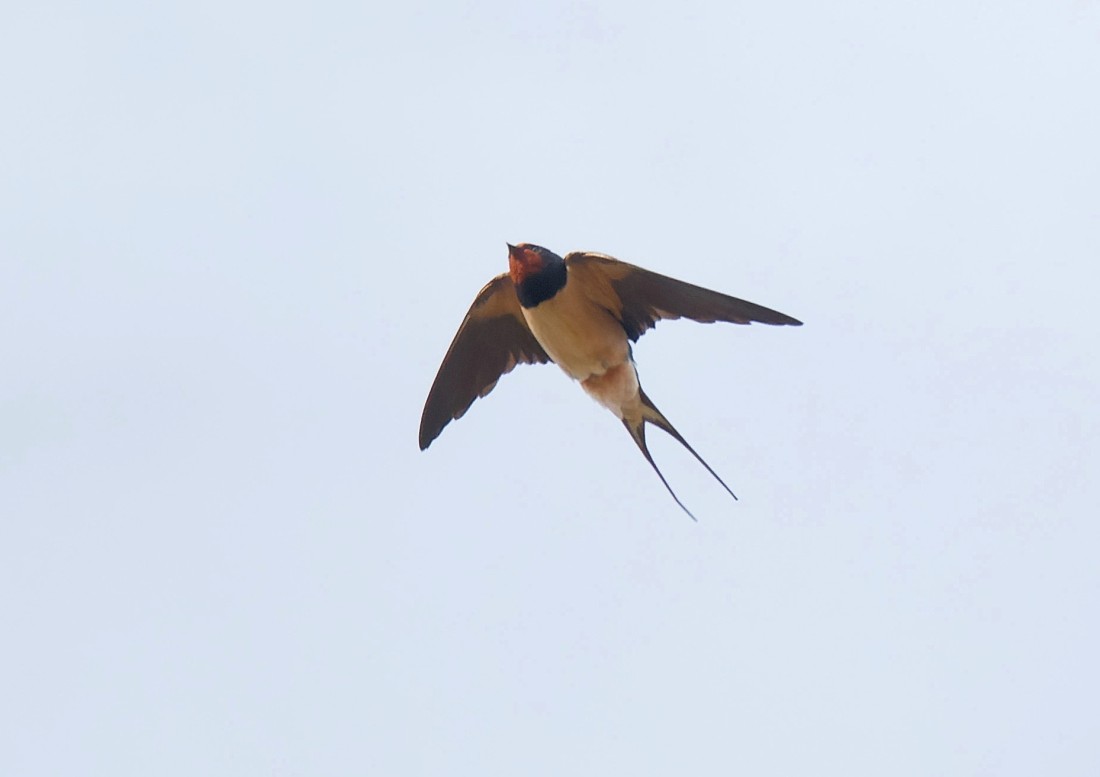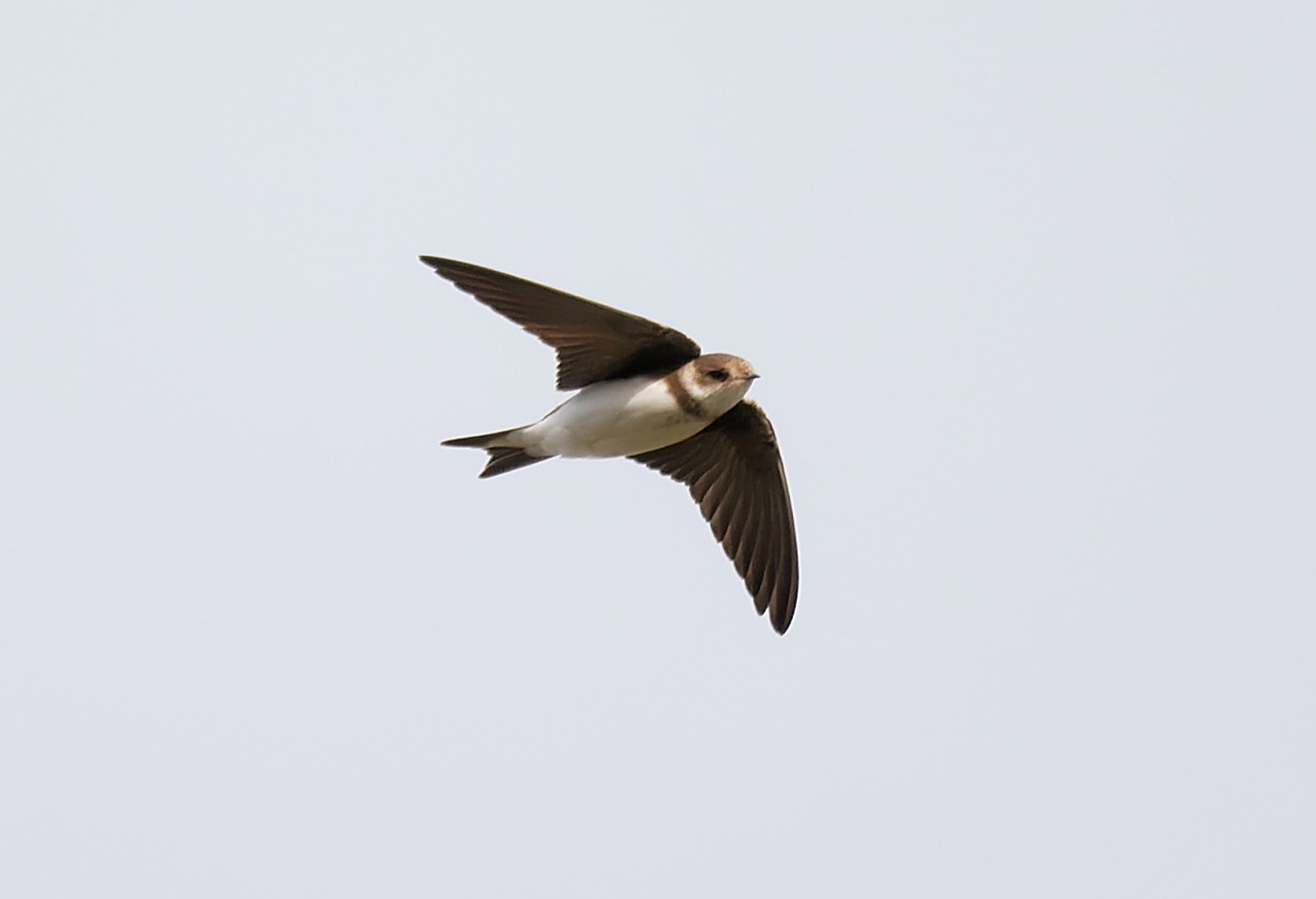Woolston Eyes Monthly Sightings
2021-04-29
An dawn survey of singing birds along the Ship Canal track produced a singing male Lesser Whitethroat, our first of the year and a Cettis’ Warbler in full voice from the Canal bank, along with a few Blackcaps and Chiffchaffs. Then it was meeting up with Dave Steel, Kenny McNiffe and Daniel Owen for a few hours of visible migration watching. The blue skies and light northerly proved ideal for an easterly movement of hirundines and Swifts. Final totals were: 10 Swifts, 220 House Martins, 200 Sand Martins and 90 Swallows, with a Common Sandpiper and a couple of Snipe also showing well. Photo of a Common Buzzard Cheers David Bowman
Submitted by: David Bowman
2021-04-27
A light but cool NNW breeze, allied to low cloud, boded well for the chance of finding our first returning Swift this morning. The conditions were always likely to bring down any passing hirundines to feed low over the water, with any early Swifts likely to do the same. Walking on to No.3 bed it was a pleasure to hear a Cuckoo calling from somewhere along the margin of the eastern reed-bed. Cuckoos once bred on all four beds before disappearing as a breeding species, as a consequence of a wholesale national decline in lowland England. The last couple of years have seen something of an upswing in records, though, with a strong suggestion of breeding last year. Let’s hope this one stays, too. Persistent scanning eventually produced 4 Swifts feeding alongside the 35 House Martins, 150 Swallows and 120 Sand Martins which also dropped in. Mediterranean Gulls are a daily presence at the moment and after I’d left, David Spencer found a second calendar year bird with a white colour ring on its left leg (3PN3), which we suspect was ringed either in Belgium or the Netherlands. Photo of an immature Mute Swan Cheers David Bowman
Submitted by: David Bowman
2021-04-26
Here’s a link to a short video, showing some of the birds from earlier this month. The usual stuff but finishing with the briefest glimpse of a female Redstart, always a hard bird to find on the Reserve.
To watch David’s video CLICK HERE…. or copy the following link into your browser
https://youtu.be/NxS7zvM1onM Cheers David
Submitted by: David Bowman
2021-04-25
Yesterday brought more light, cool south-easterlies and another influx of migrants. The morning’s highlight was the 4 reeling Grasshopper Warblers around No.3 bed. Of the ten species of warbler which breed on the Reserve only Cetti’s is a year-round resident. The rest winter either in trans-Saharan Africa or around the Mediterranean basin and the only one yet to arrive is Lesser Whitethroat, which should be here any day now. We also kept our eyes peeled for an early Swift, without any luck, though there was a steady trickle of hirundine passage. Other sightings of note included 3 Mediterranean Gulls, 22 Black-necked Grebes and an overnight roost of 700 Sand Martins. Kieran Foster’s ringing team managed to catch more than 130 of these the night before and were pleased to find one already wearing a French ring. This could have been originally ringed in mainland France, though, as French rings are also used in Senegal, there is a good chance it originated from the West African wintering grounds. Photo of a female Tufted Duck Cheers David Bowman
Submitted by: David Bowman
2021-04-23
Green Sandpiper briefly in front of Tower Hide. Pair of Little Ringed Plover on the new workings on the west side of No. 4 Bed - possible breeders?
Submitted by: John Lowe
2021-04-22
Another morning of brilliant, clear blue skies, with a light southerly breeze bringing in plenty more migrants. Now, No.2 bed doesn’t get the same level of attention as the other three beds, in part because it is an operational bed, receiving dredgings from the Ship Canal and in part because beds 1, 3 and 4 are just so good for birds at the moment. Whenever we do survey it, as we did this morning, we’re reminded what a wonderful habitat it provides. The highlight was a female Redstart, which showed well, if only briefly. Other counts of birds in song included: 1 Garden Warbler, 1 Sedge Warbler, 3 Whitethroats, 31 Blackcaps, 27 Chiffchaffs, 12 Willow Warblers, 37 Wrens, 26 Robins, 12 Dunnocks and 7 Song Thrushes. There were plenty of wildfowl in the flooded areas, too, including Teal, Gadwall, Mallard, Shoveler, Shelduck and Little Grebes. Back on No.3 bed by mid-morning, we then located a Jack Snipe, 4 Mediterranean Gulls, 6 Common Snipe, 2 House Martins and 100 Sand Martins, while David Spencer reported a singing Grasshopper Warbler to the north of No.2 bed. The morning was capped for me when I ducked into the Rotary Hide to be met by a nice, close fly-by Little Egret (see photo) Cheers David Bowman (with Dave Steel and Daniel Owen)
Submitted by: David Bowman
2021-04-20
Photo of the Peregrine pair guarding the nest site
Cheers David
Submitted by: David Bowman
2021-04-20
Yesterday, as well as the less common birds, such as Bittern, Arctic Tern, Mediterranean Gulls and Marsh Harrier, it was a morning for the first broods to appear. These included Coot, Mallard and Greylag Goose, with the local Lesser Black-backed Gulls already having taken one of the Coot chicks. A long period of attrition now follows, as the parent water birds do their best to defend their offspring against these powerful, predatory gulls which will soon have their own young to feed. Nature can be a tough watch, sometimes! Last night, Daniel Owen reported that No.3 bed still held a roost of 700 Sand Martins, with Peregrine and Sparrowhawk in attendance. He wasn’t able to relocate the Bittern, though it could still be skulking somewhere on the bed. Photo of a Grey Heron Cheers David Bowman
Submitted by: David Bowman
2021-04-18
An adult Little Gull dropped onto No3 Bed late yesterday and showed well in the evening light
Submitted by: Daniel Owen
2021-04-17
Another brilliant morning, with more clear blue skies and and a light south-easterly breeze. The focus was on completing another breeding bird survey and we found plenty of variety along the way. Waders were perhaps the highlights, with Jack Snipe, Ringed Plover, Little Ringed Plovers, Oystercatchers, Common Snipe and Lapwings all giving good views. Three Marsh Harriers were still looking settled, with the 2nd-summer male and female again displaying. The clear skies overnight meant another small arrival of Black-necked Grebes, with 28 now present and pairs displaying all over No.3 bed. The resident Peregrine pair were perched near the nest site, with the female giving the male very vocal encouragement to to stop basking in the sunshine and get out and find her a nice juicy pigeon. With Yellow Wagtails now back at their local breeding grounds it was no surprise to see two flying over during the morning. Three Mediterranean Gulls on No.3 bed included a displaying pair and we can but hope that they stay on to breed. Finally, warblers continued to trickle in, with 2 Whitethroats and 4 Reed Warblers alongside the much more numerous Chiffchaffs, Willow Warblers and Blackcaps. Photo of a Mediterranean Gull Cheers David Bowman (with Dave Steel, Daniel Owen, David Spencer and Brian Martin)
Submitted by: David Bowman
2021-04-17
What a pity it was early morning with the light behind the subjects.
Submitted by: David Collis
2021-04-15
Another beautiful dawn, with clear blue skies and a light south-easterly breeze, raised hopes of another good day’s migration. Expectations were exceeded, though, when a mobbing crowd of Black-headed Gulls drew attention to a pair of Marsh Harriers in courtship display, grappling talons and tumbling together. While we regularly get a good handful of Marsh Harriers on passage, they are almost always females and our hopes that we might get a breeding pair remain unfulfilled. Although this pair were both 2nd calendar-year birds and they don’t usually breed until their third year, the fact that they stayed around all morning and indulged in high-soaring display flights is a cause for future optimism, even if they don’t stay to breed this year. To cap the morning, a third Marsh Harrier, a female, also arrived and hunted briefly before dropping in to the reed-bed. Other sightings of note included: 2 Common Sandpipers, 2 Little Ringed Plovers, 2 Whitethroats, 5 Reed Warblers, 2 Mediterranean Gulls, 3 Tree Sparrows, 21 Black-necked Grebes, 15 Cetti’s Warblers and 4 Snipe. Photo of the female Marsh Harrier Cheers David Bowman (with Dave Steel and Daniel Owen)
Submitted by: David Bowman
2021-04-14
Yesterday’s Dark-bellied Brent Goose showed well mid-morning on the scrape. The reserve’s first record since 1993
Submitted by: Daniel Owen
2021-04-14
Here’s a link to a short video, showing some of the excitements from yesterday. It includes: an in-coming pair of adult Mediterranean Gulls, one of 23 Black-necked Grebes, a Brambling, a Wheatear, a newly arrived 2nd calendar-year female Marsh Harrier and the pick of the bunch, only our 4th ever Dark-bellied Brent Goose.
To watch David’s video click HERE…or copy the following link into your browser
https://youtu.be/2AnD7GiytLohe Cheers
Submitted by: David Bowman
2021-04-13
A special morning, catching up with old friends Greg Baker and Barbara Baker and then going on to find some excellent birds. First among these was a Dark-bellied Brent Goose, just the fourth ever record for the Reserve. This sub-species of Brent Goose is very scarce on the west coast of the UK and breeds up on the Russian tundra, so was a really nice find. Black-necked Grebes are here in good numbers, too and I’d counted 23 by the time I left in mid-afternoon. Other sightings of note included: our first Whitethroat of the year, a nice male Wheatear, a 2nd calendar-year Marsh Harrier, 2 adult Mediterranean Gulls, a singing Reed Warbler, a female Brambling, 4 Snipe, 1 House Martin, 15 Swallows and 100 Sand Martins. Photo of the Wheatear Cheers David Bowman (with Greg Baker and Barbara Baker)
Submitted by: David Bowman
2021-04-11
WeBS Count 10/04/2021 Little Grebe 37, Great crested Grebe 34, Black-necked Grebe 23, Cormorant 14, Mute Swan 51, Grey Heron 3, Shelduck 17, Greylag 14, Canada Goose 62, Gadwall 130, Teal 30, Mallard 76, Shoveler 27, Pochard 25, Tufted Duck 203,Water Rail 4, Moorhen 25, Coot 63, Oystercatcher 2, Lapwing 12, Ringed Plover 1, Little Ringed Plover 2, Snipe 1, Black-headed Gull 344, Common Gull 1, Herring Gull 4, LBB Gull,44, Kingfisher 1
Submitted by: Brian Martin
2021-04-10
An early frost and clear blue skies made for a cold start. We had a busy morning, helping to complete the monthly Wetland Birds Survey (WeBS) on No.4 bed, while also undertaking a Breeding Bird Survey (BBS) for the bed. For the latter, numbers of birds in song included: 1 Reed Warbler, 8 Willow Warblers, 22 Blackcaps, 35 Chiffchaffs, 54 Robins, 26 Wrens, 10 Dunnoks,10 Blackbirds and 6 Song Thrushes. In addition, 1 Curlew,1 Lesser Redpoll, 1 House Martin, 35 Sand Martins, 11 Swallows and 6 pairs of Lapwing were also noteworthy. Back on No.3 bed, 21 Black-necked Grebes were busy interacting, Swallows and Sand Martins were still moving through and the Black-headed Gull colony had swelled to over a1,000 by early afternoon. Best was saved for last though, as is often the case, when a high-soaring Red Kite was mobbed by a Buzzard before making a bee-line to the south-east. Photo of two Mediterranean Gulls Cheers David Bowman (with Helen Wynn, Dave Steel, Colin and Craig)
Submitted by: David Bowman
2021-04-08
We traded bitter northerlies for blustery south-westerlies this morning and ended up with some good counts of migrants for this early in the spring. While I was completing a breeding bird survey on No.3 bed, Daniel Owen was doing counts on No.4 bed, before we joined forces to scan for migrants from the Morgan Hide. Our collective counts included: 21 Black-necked Grebes, 2 Little Ringed Plovers, 1 Jack Snipe, 3 Common Snipe, 3 adult Mediterranean Gulls, 1 female Wigeon, 15 Willow Warblers, 27 Blackcaps, 42 Chiffchaffs, 300 Sand Martins, 15 Swallows, 1 House Martin, 3 Water Rails and a Kingfisher. Despite the increasing wind strength, a few butterflies were on the wing, with 2 male Orange Tips, 5 Small Tortoiseshells and 2 Commas along the main path as I was walking off in early afternoon. Photo of an Orange Tip Cheers David Bowman
Submitted by: David Bowman
2021-04-06
More pictures from 2nd The Shoveler, its always a good bird to see
Submitted by: Terry Lawson
2021-04-01
Sand Martins - two of an impressive 9,400 that flew through the reserve on 1 April
Submitted by: Daniel Owen
2021-04-06
Hi to all members My name is Terry Lawson I’ve only just become a member with my friend Jeff, We are pleased to say it’s not just a fantastic place but the people seem to be as well. Here are some pictures I took on Friday the 2nd of the male Gadwall duck chasing off the other males. Great to see wildlife behaviour this time of the year.
Submitted by: Terry Lawson
2021-04-06
Dawn saw a light frost, clear blue skies and a very chilly north-westerly wind. Over the morning the skies were ever-changing until, by early afternoon, I was walking off No.3 bed in a flurry of hailstones. Early on, at least 500 Sand Martins came out of an overnight roost, though there may have been many more. Eleven Black-necked Grebes were in front of the Morgan Hide, with 8 more around the bed. Then it was a walk over to No.4 bed for a meeting with our contractor, who is making good progress building the second of the wetland cells, While we were talking, 170 Sand Martins and a few Swallows were feeding over the water and plenty of Blackcaps and Chiffchaffs were in song. Back on No.3 bed, hirundines continued to struggle north into the wind, with another 200 Sand Martins and 25 Swallows counted before a female Marsh Harrier dropped in and stayed to hunt actively, to the consternation of the 1,000 or so Black-headed Gulls at the breeding colony. Photo of a Jay on No.3 bed Cheers David Bowman
Submitted by: David Bowman
2021-04-04
Oystercatcher pair bathing as soon as they arrived on the scrape in front of the Morgan hide.
Submitted by: David Collis
2021-04-04
Oystercatcher pair bathing as soon as they arrived on the scrape in front of the Morgan hide.
Submitted by: David Collis
2021-04-03
15 Black-necked Grebes were in front of the Morgan Hide not long after dawn while 700 Sand Martins were hawking for insects over the north bank of the bed. Although never quite hitting the heights of Thursdays exceptional hirundine passage, by early afternoon we had counted 1,500 Sand Martins, 45 Swallows and 3 House Martins passing through, again on a west-east flight path. Many of them stopped to feed low over the water and, with such an abundance of prey, we weren’t surprised to see an early Hobby appear in front of the hide, skim through the feeding martins and disappear over the north bank. Other sightings of note included: a final total of 19 Black-necked Grebes, 2 adult Mediterranean Gulls, 2 Bramblings, 2 Siskins, 1 Redshank, 7 Cetti’s Warblers and an impressive 1,150 Black-headed Gulls at the breeding colony. Photo of a Swallow Cheers David Bowman (with Helen Wynn, Dave Steel and Les Jones)
Submitted by: David Bowman
2021-04-02
Yesterday brought a remarkable morning with an unprecedented movement of hirundines. The combination of warm southerly winds had clearly brought large numbers of Sand Martins north yesterday, along with smaller numbers of Swallows and the odd House Martin. The switch to an easterly air stream and the prospect of arctic air coming in from the north had them turning to move into the prevailing wind, before probably heading south again till the weather improves. As aerial feeders they depend on flying insects and struggle to survive prolonged cold spells. By the end of the morning 9,400 Sand Martins, 155 Swallows and 5 House Martins had streamed over in large groups, pausing briefly to feed before passing on. Other migrants had arrived in numbers, too, with counts on Nos.3 and 4 beds totalling: 8 Willow Warblers, 87 Chiffchaffs, 28 Blackcaps, 2 Little Ringed Plovers, 1 Common Sandpiper, 1 Redshank and 2 Oystercatchers. In addition, 11 Black-necked Grebes were in front of the Morgan Hide and at least one Brambling was still with the Chaffinch flock. Photo of a Sand Martin Cheers David Bowman (with Daniel Owen, Dave Steel and Kenny McNiffe)
Submitted by: David Bowman

